Best Cordless 1 Inch SDS Plus Rotary Hammer – 2024
Top Cordless 1″ SDS Plus Rotary Hammer | Head-To-Head
In our head-to-head comparison, we focused on 1″ SDS-Plus rotary hammers with drop motors, catering to the largest group of SDS-Plus users. These drills are widely utilized by mechanical, electrical, plumbing, and building trades for tasks such as installing 3″ drop anchors, wedge anchors, screw anchors and chipping concrete.
Why Drop Motors?
The 1-inch SDS-Plus drop motor hammers are among the most popular drills on the market due to their compact size and versatility. They offer versatility and efficiency for various applications, making them a preferred choice for many users across different industries. Despite the rise in popularity of drop motor designs, some users still prefer the traditional D-handle style for specific applications such working in concrete forms or for ceiling and floor work.
SDS stands for Slotted Drive System or Slotted Drive Shaft, it was invented by Bosch in 1975. SDS and SDS-Plus are interchangeable, SDS-Plus is a newer standard featuring 4 splines for a more secure chuck fitment.
Our Objective
For us at Tool Box Buzz, our goal is to empower you to make informed decisions when selecting the best SDS-Plus Rotary Hammer Drill.
By providing comprehensive reviews and insights into the performance, features, and usability of each rotary hammer, we hope to assist you in finding the perfect tool for your projects. Whether you prioritize compactness, power, versatility, or ergonomics, we’re here to help you make the right choice.
Cordless SDS-Plus Rotary Hammer Lineup
Eleven manufacturers have submitted 15 contenders for the 1-inch SDS-Plus category, all designed for use on their 18-volt to 60-volt cordless platforms. Not every manufacturer labels their SDS-Plus drills as precisely 1 inch, so the range of testing spans from ⅞ inch to 1-⅛ inch.
BOSCH 18v Bulldog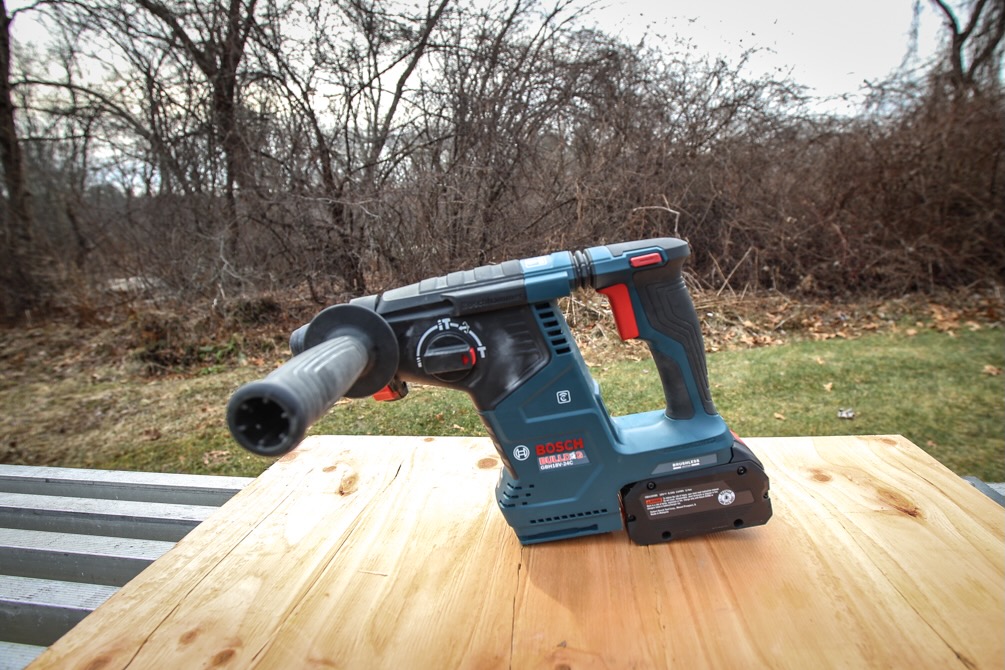
Model – GBH18v-24C
Voltage – 18v
Size – 1”
RPMs – 980
BPMs – 0-4,350
Blow Energy [Ft-Lbs] – 1.80
Weight – 8.7 Lbs
Price – $270.00
DEWALT XR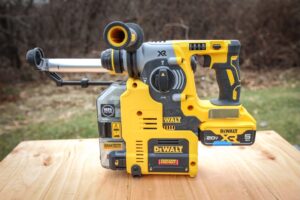
Model – DCH273
Voltage – 20V
Size – 1”
RPMs – 1,100
BPMs – 0-4,600
Blow Energy [Ft-Lbs] – 1.55
Weight – 7.1 Lbs
Price – $329.00
DEWALT Flexvolt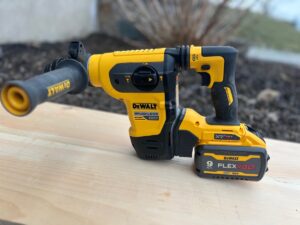
Model – DCH416
Voltage – 60V
Size – 1-¼”
RPMs – 540
BPMs – 0-4,200
Blow Energy [Ft-Lbs] – 4.5
Weight – 12.25 Lbs
Price – $499.00
FLEX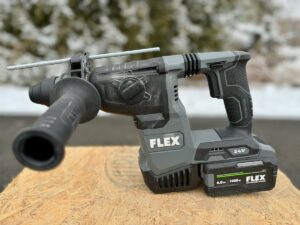
Model – FX15511A-Z
Voltage – 24V
Size – 1”
RPMs – 980
BPMs – 0-4,350
Blow Energy [Ft-Lbs] – 1.9
Weight – 9.45 Lbs
Price – $299.00
HILTI Nuron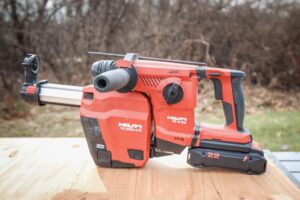
Model – TE 6-22 DRS
Voltage – 22V
Size – 1”
RPMs – 1050
BPMs – 0-5100
Blow Energy [Ft-Lbs] – 1.9
Weight – 8.1 Lbs
Price – $434.00
KOBALT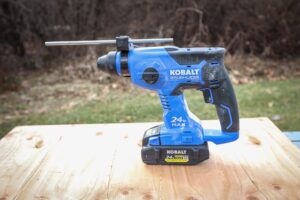
Model – KRH 124B-03
Voltage – 24V
Size – ⅞”
RPMs – 1,400
BPMs – 0-4,500
Weight – 6.15 Lbs
Price – $99.00
MAKITA 18v LXT
Voltage – 18VSize – 1”
RPMs – 950
BPMs – 0-4,700
Blow Energy [Ft-Lbs] – 1.7
Weight – 7.55 Lbs
Price – $379.00
MAKITA 36v LXT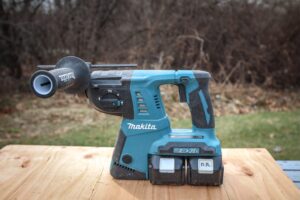
Model – XRH05Z
Voltage – 36V (18v X 2)
Size – 1”
RPMs – 1,250
BPMs – 0-5,000
Blow Energy [Ft-Lbs] – 2.2
Weight – 10.3 Lbs
Price – $519.00
MAKITA 40v XGT
Model – GRH01Z
Voltage – 40V
Size – 1-1/8”
RPMs – 980
BPMs – 0-5000
Blow Energy [Ft-Lbs] – 2.8
Weight – 9.44 Lbs
Price – $589.00
Metabo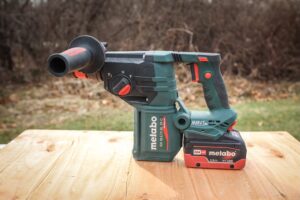
Voltage – 18v
Size – 1-⅛”
RPMs – 1,000
BPMs – 0-4,470
Blow Energy [Ft-Lbs] – 3.0
Weight – 9.8 Lbs
Price – $361
METABO HPT 18v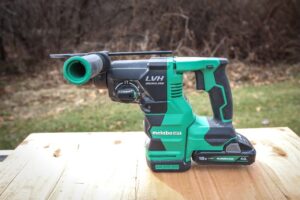
Model – DH1826DALQ4
Voltage – 18V
Size – 1”
RPMs – 1,050
BPMs – 0-3,950
Blow Energy [Ft-Lbs] – 1.9
Weight – 8.05 Lbs
Price – $209.00
METABO HPT 36v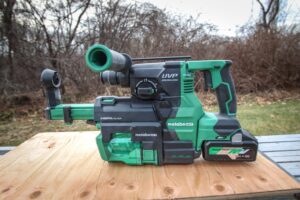
Model – DH3628DAQ4
Voltage – 36V
Size – 1-⅛”
RPMs – 950
BPMs – 0-4,300
Blow Energy [Ft-Lbs] – 2.3
Weight – 9.4 Lbs
Price – $279.00
MILWAUKEE M18 FUEL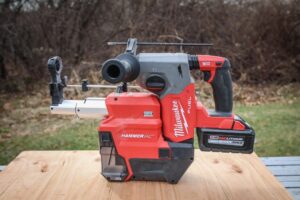
Model – 2912-20
Voltage – 18V
Size – 1”
RPMs – 1,330
BPMs – 0-4,800
Blow Energy [Ft-Lbs] – 2.0
Weight – 9.25 Lbs
Price – $349.00
RIDGID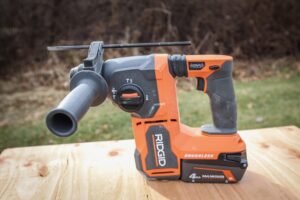
Model – R86712B
Voltage – 18V
Size – 1”
RPMs – 1,400
BPMs – 0-5,000
Blow Energy [Ft-Lbs] – 1.5
Weight – 8.05 Lbs
Price – $269.00
RYOBI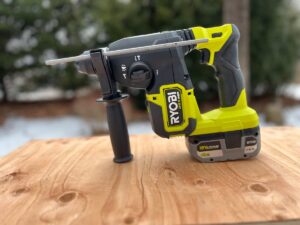
Model – P223
Voltage – 18V
Size – 1”
RPMs – 1,380
BPMs – 0-5,000
Blow Energy [Ft-Lbs] – 1.5
Weight – 7.45 Lbs
Price – $189.00
Head-To-Head Testing Criteria
Our team meticulously evaluated these cordless SDS-Plus rotary hammers, across five categories and ranked them.
- Performance Test – Speed at drilling various size holes in concrete.
- Efficiency Test – Run-time test of recommended battery normalized for Watt-Hour capacity.
- Size and Weight – Size matters and weight can get cumbersome. We measured the dimensions and weight of each concrete drill as tested with batteries. [not factored in overall ranking]
- On-Board Dust Collection – we tested and ranked features.
- User Experience- Combination of features, ergonomics and subjective user evaluations.
Additionally we included price, and best value charts for your consideration.
Silica Dust
The Tool Box Buzz Team recognizes the significant dangers that exposure to silica dust can pose to workers. While we always strive to use any and all personal protective equipment, there are times when we may omit certain PPE during testing. We want to remind anyone that uses concrete cutting and drilling tools to use proper protective equipment to prevent silica dust exposure.
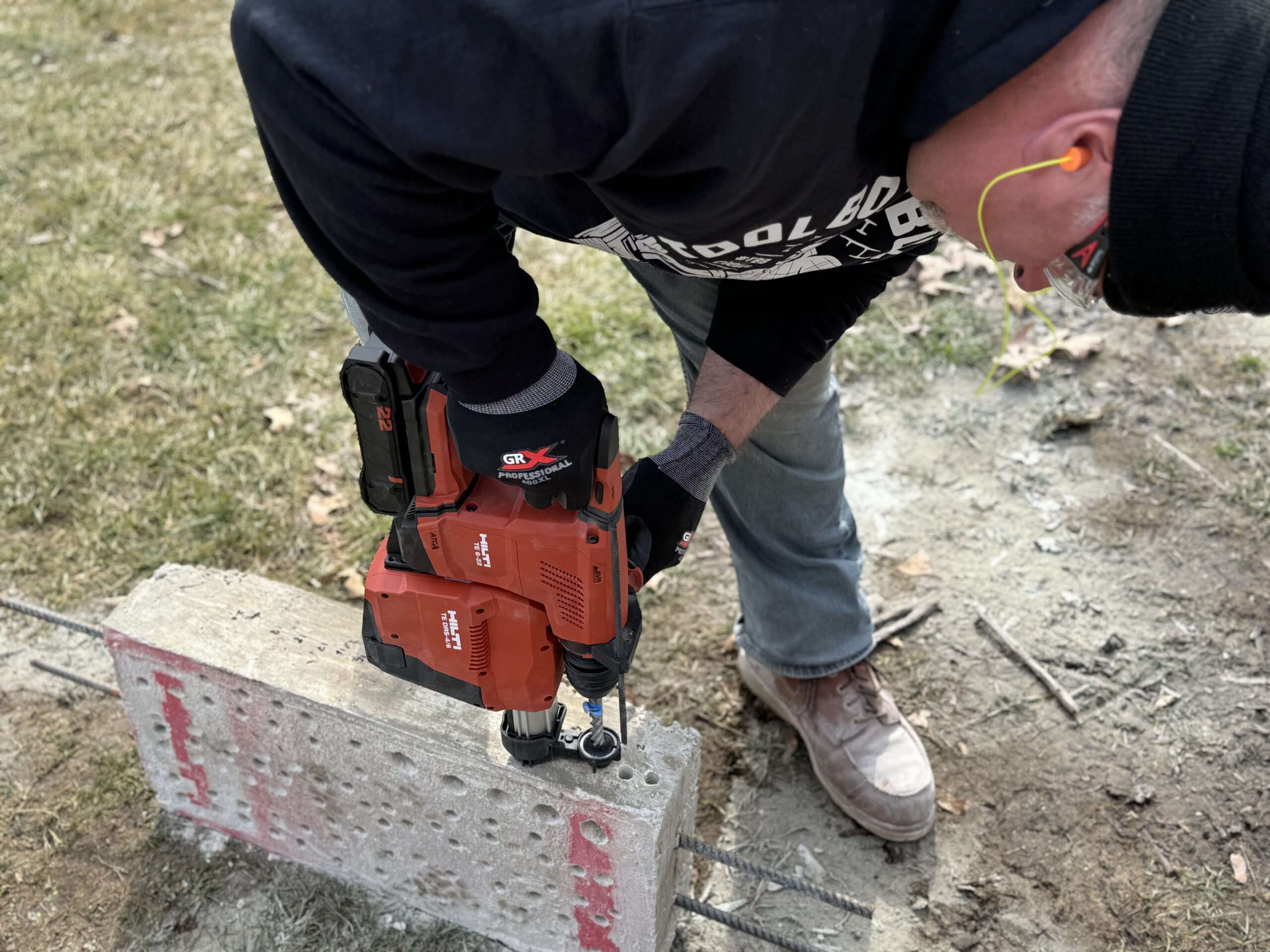 Performance Evaluation | Drilling Test
Performance Evaluation | Drilling Test
This test evaluated the speed in which the tools could drill 3-inch deep holes into concrete with 4 different bit sizes. The drilling substrate used was 3,500 psi concrete blocks, 12” x 24” x 4.5″ deep. These concrete blocks had cured for 6-months.
 Performance Test Procedure
Performance Test Procedure
Drill Sizes Evaluated: ¼”, ⅜”, ½”, and 1″ SDS-Plus rotary drill bits.
- Five holes drilled to a depth of 3” using a depth rod and blue tape for accuracy.
- Each hole was timed, and an average recorded.
- All drills equipped with new Milwaukee SDS-Plus rotary drill bits.
- Operators instructed to maintain consistent pressure and let the drill do the work.
- Dust extractors were not utilized.
- Technique emphasized to ensure fair comparison.
Performance Test Winner – Milwaukee
Milwaukee dominated three out of the four speed tests, earning an impressive overall score of 5. DEWALT’S 60V FlexVolt secured second place with an overall score of 15, excelling particularly with the 1-inch bit test. Hilti and Ridgid claimed third place with an overall score of 18. Metabo followed with a score of 21. The Metabo was not a remarkable tool, but was a consistent “power-house performer.”
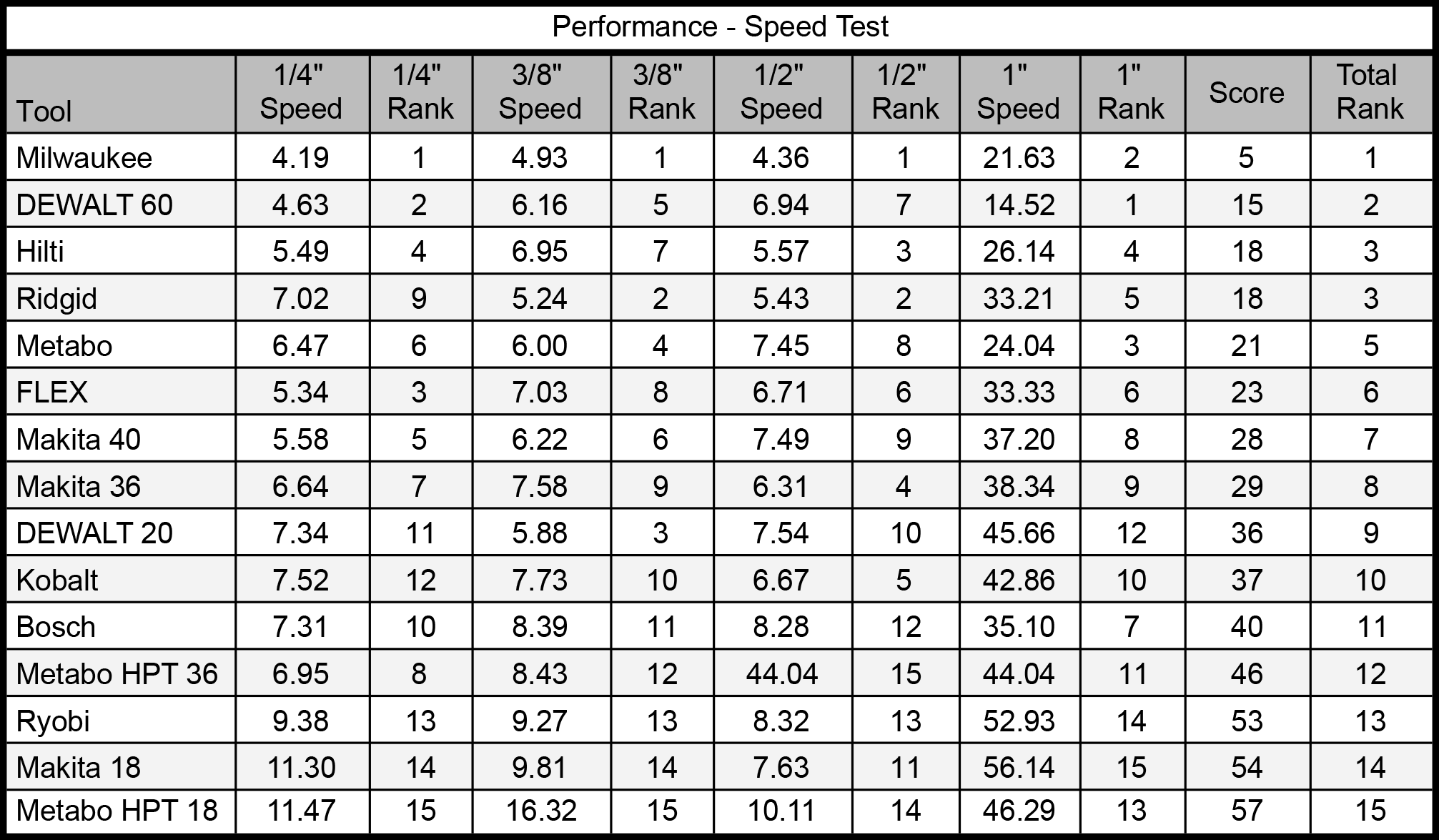
Individual Test Results | Top 3
¼” Rotary Bit Results
- Milwaukee: 4.19 seconds
- DEWALT 60V: 4.63 seconds
- Hilti: 5.49 seconds
⅜” Rotary Bit Results
- Milwaukee: 4.93 seconds
- Ridgid: 5.24 seconds
- DEWALT 20: 5.88 seconds
½” Rotary Bit Results
- Milwaukee: 4.36 seconds
- Ridgid: 5.43 seconds
- Hilti: 5.57 seconds
1” Rotary Bit Results
- DEWALT 60V: 14.52 seconds
- Milwaukee: 21.63 seconds
- Metabo: 24.04 seconds
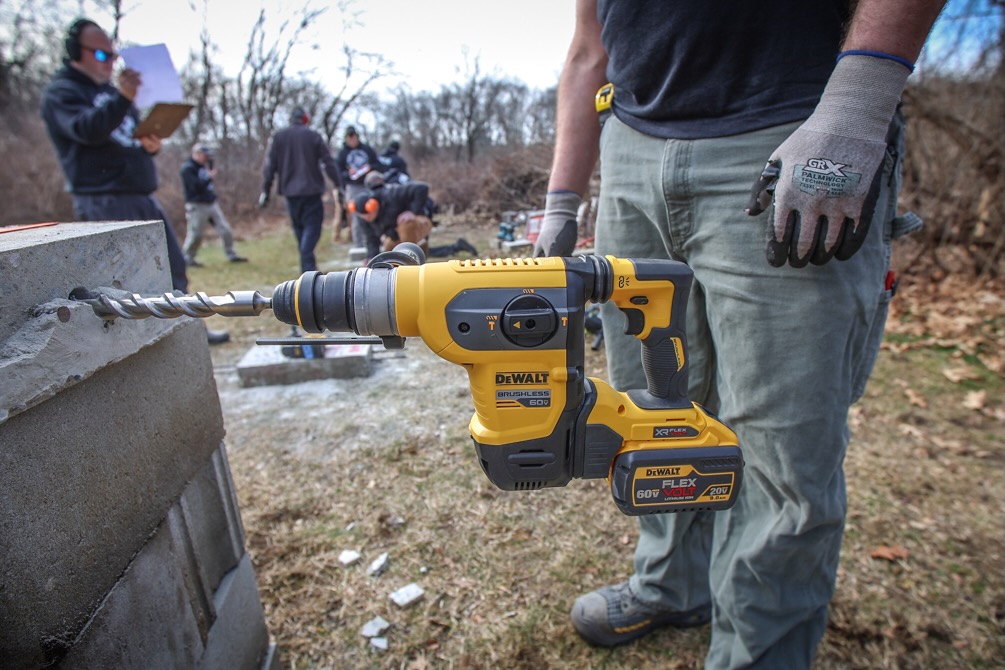
Note on DEWALT FlexVolt 60V Rotary Hammer
The DEWALT Flexvolt was an extremely powerful and heavy tool allowing it to shine in the 1-inch drill bit test and subsequent chipping evaluation.
Efficiency Evaluation | Normalized Run-time
Although run-time becomes less critical with sufficient battery capacity, we acknowledge it’s importance in specific scenarios such as with commercial users, installing numerous drop anchors in a day. With so many tools, battery voltages and sizes, we normalized run-time and investigated the efficiency of the tools energy available. Obviously some battery packs contain much more potential energy so it’s important to try and compare them based on the “size of the fuel tank”.
Efficiency Testing Procedure
- Vacuums removed for this test.
- All tools equipped with fresh batteries.
- 1/2″ Milwaukee drill bits drilled to 3″ depth.
- Operators instructed to maintain consistent pressure and let the drill do the work.
- The total number of drilled holes were counted and scored.
Holes Drilled Per Watt-Hour – Winner Makita 18V
The Makita 18V drill claimed the top spot, surprising us all with it’s performance. This drill managed to complete 66.5 holes with a single 4 Ah battery with a 0.92 holes drilled per watt-hour.
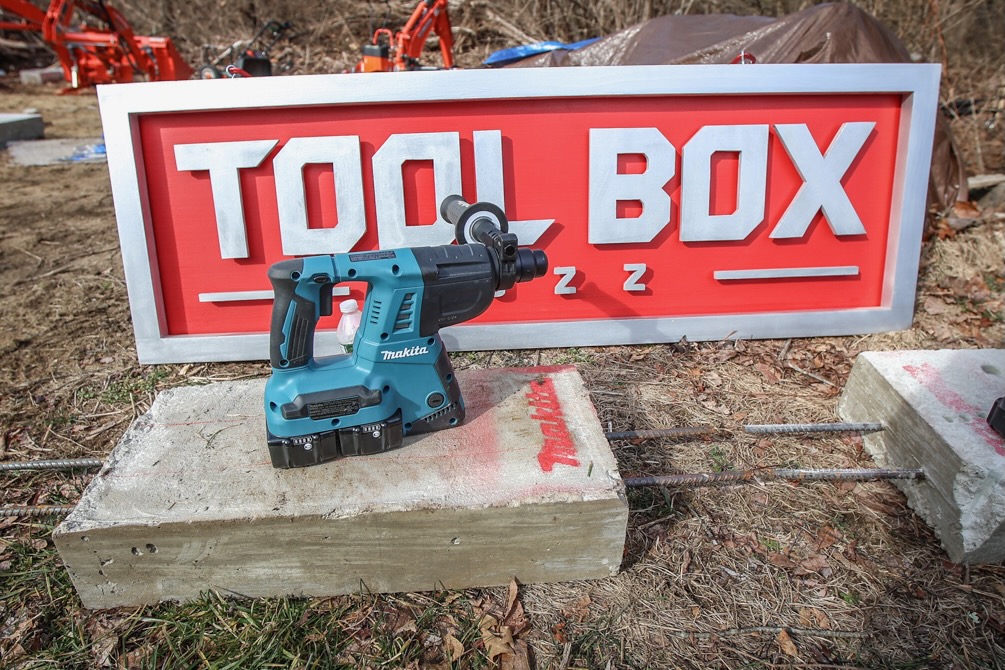
Interestingly, the Makita 36-volt model, despite having twice the available watt-hours, only completed 82 holes, representing just a 23% increase in hole count which equated to only drilling 0.57 holes per watt-hour. This unique comparison between the two Makita drills highlights a design prioritization of efficiency vs power.
The Metabo 18 volt came in second place with 0.85 holes per watt-hour. Third place went to the DEWALT 20 volt with 0.82 holes per watt-hour.

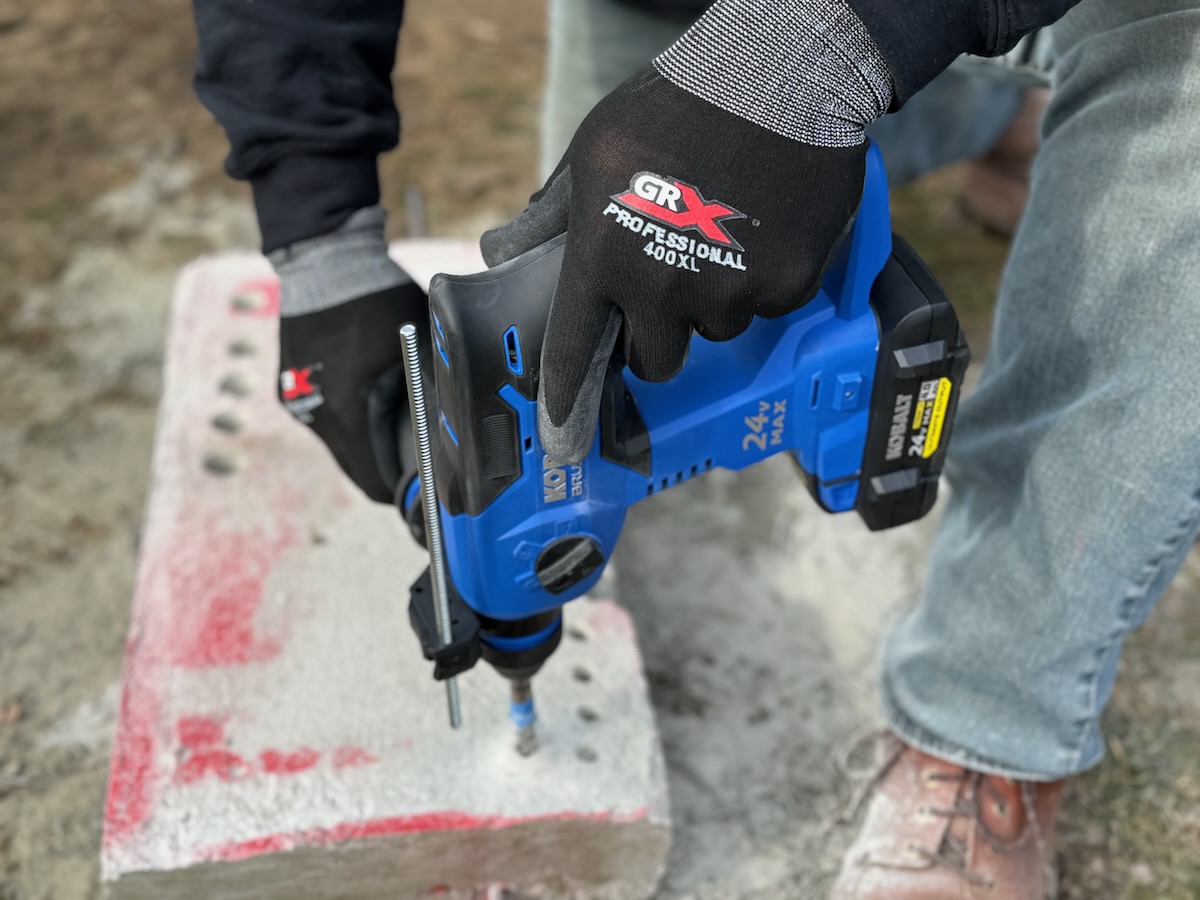 Size and Weight – Not Used In Final Rankings
Size and Weight – Not Used In Final Rankings
In the realm of SDS-Plus rotary hammers, size matters to some users. We measured the dimensions and weight of each drill, as tested (with Batteries / handle), and ranked them accordingly.
We felt the two most important factors for these drills were the weight and head length. Having a lightweight tool coupled with a compact size can be an important factor for some users. While we didn’t include this ranking in the final scoring we did account for the size and weight in our user experience rankings below. It’s interesting to see that most of the smaller / lighter tools didn’t perform as well as the heavier tools in the speed testing. Likely this is due to the size of the gear boxes, motors and housings.
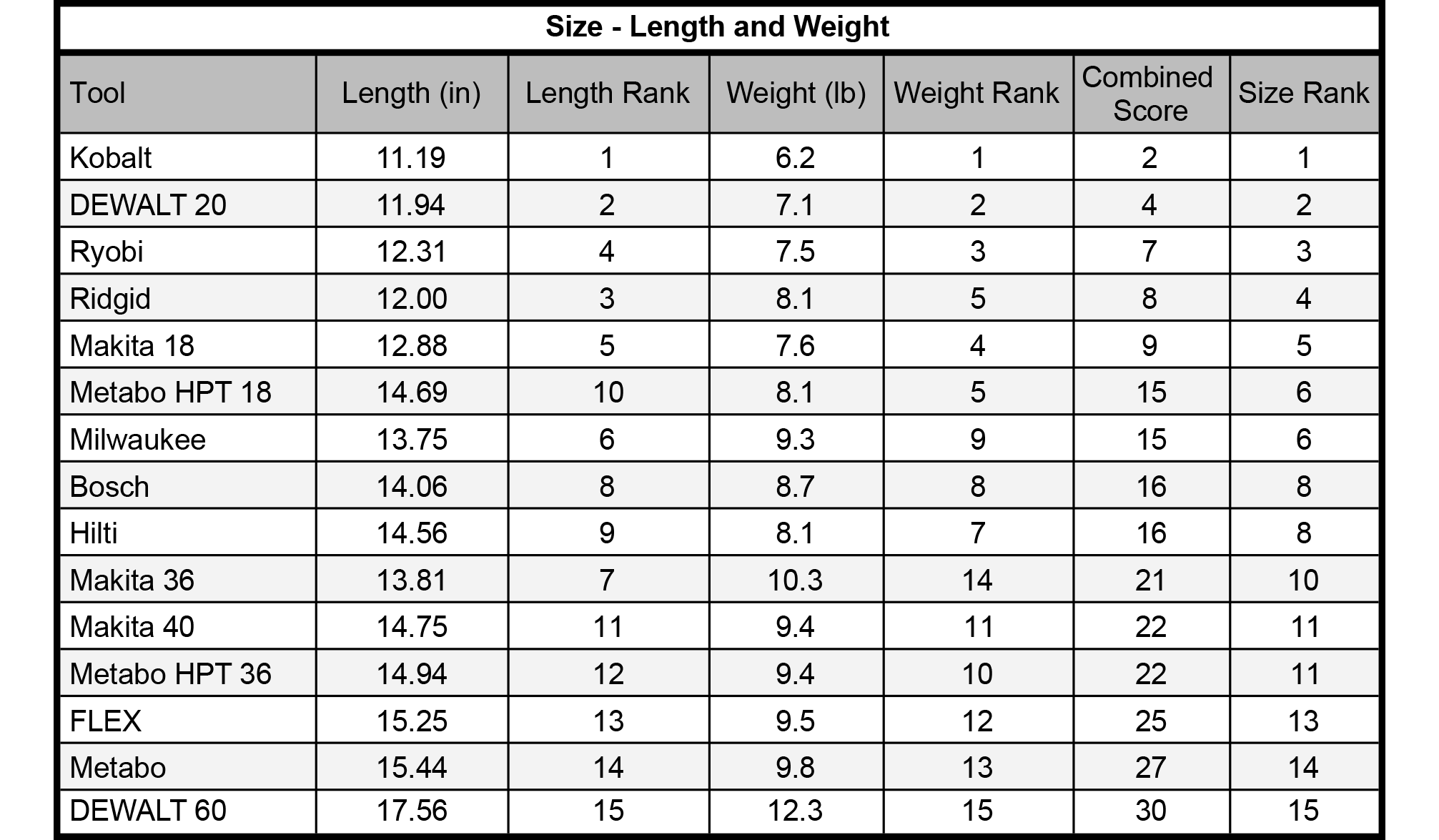
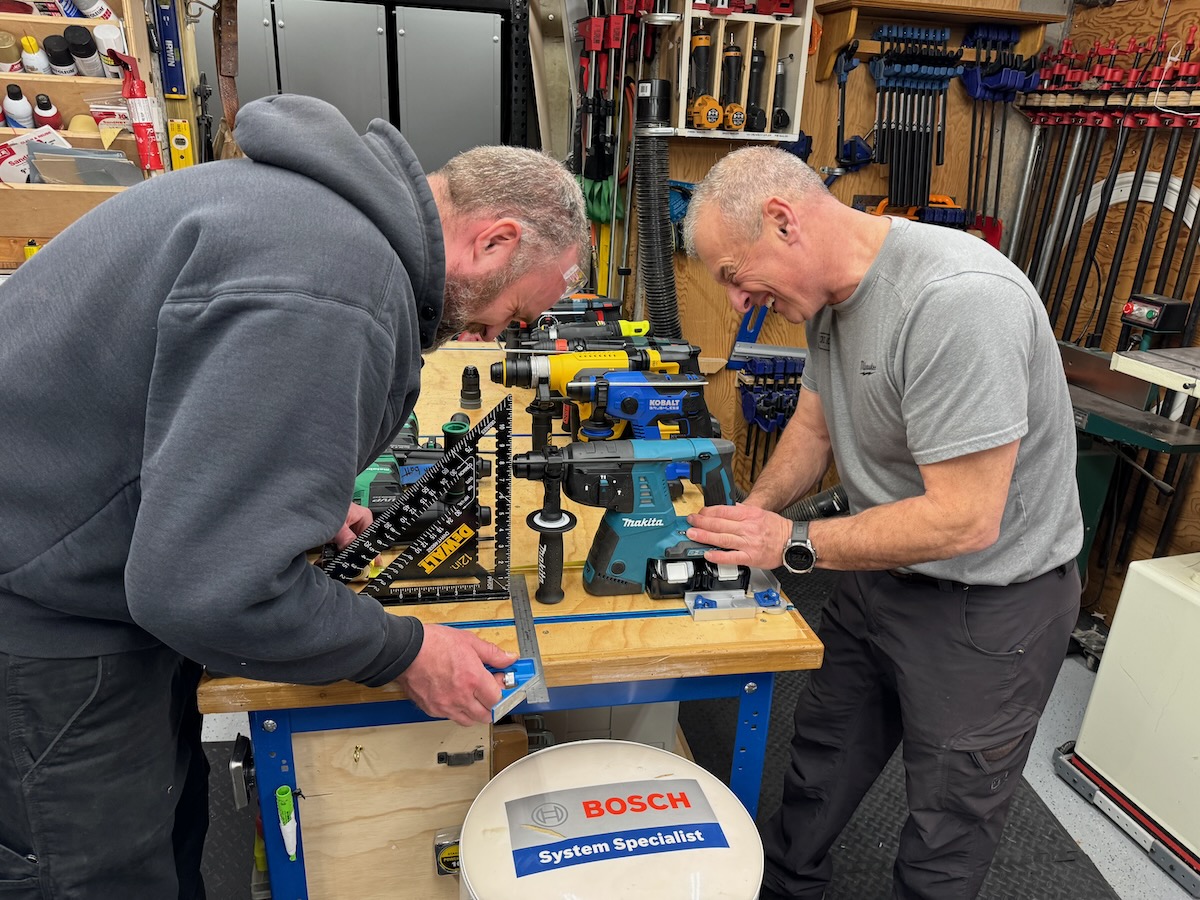
In this category, the Kobalt drill boasted the shortest and lightest stature among all drills tested, clinching the top spot. Following closely in second place was the DEWALT 20V, which also showcased a compact form factor and lightweight design. The Ryobi drill secured third place in this ranking.
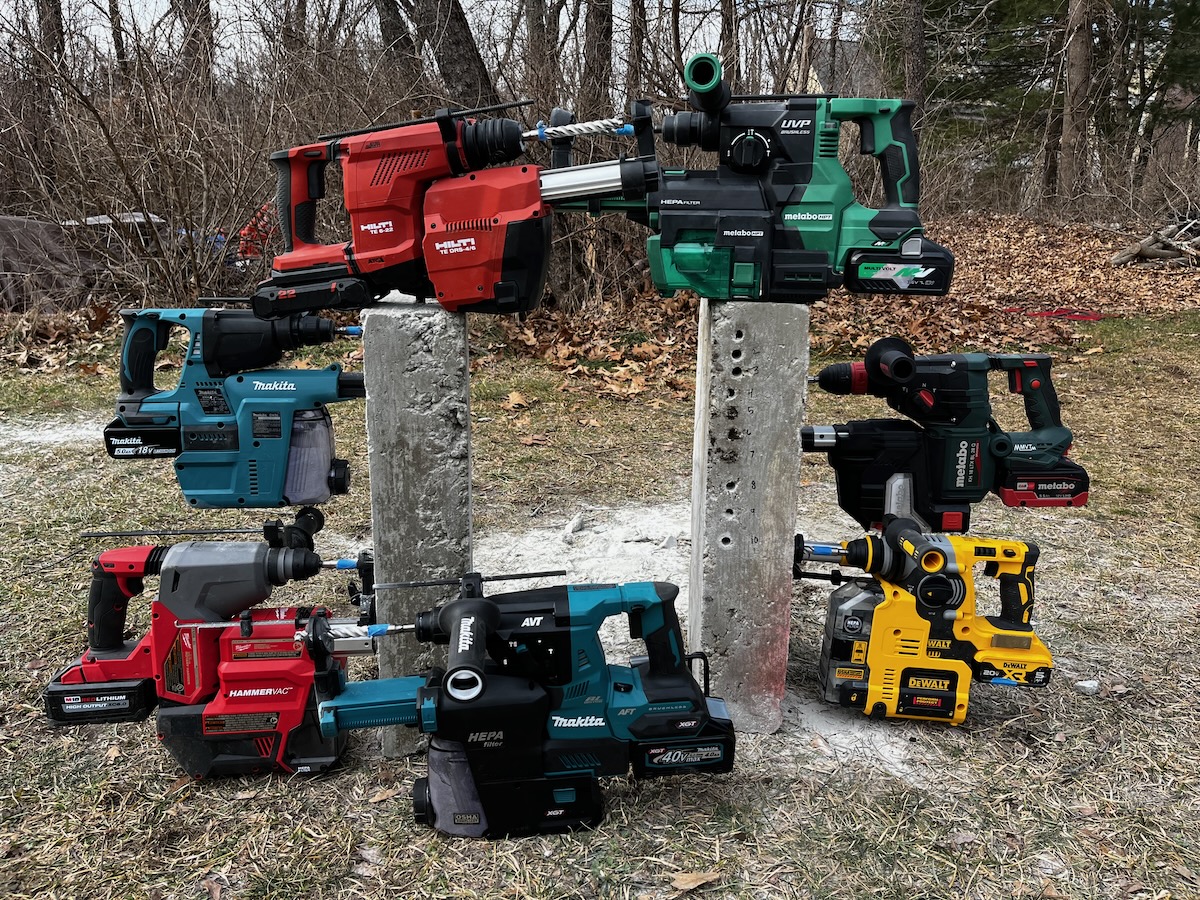 On-Board Dust Extractor Evaluation
On-Board Dust Extractor Evaluation
On-board dust extractors are designed to be used as a system. Eight of these tools were sent with compatible on-board dust extractors to evaluate.
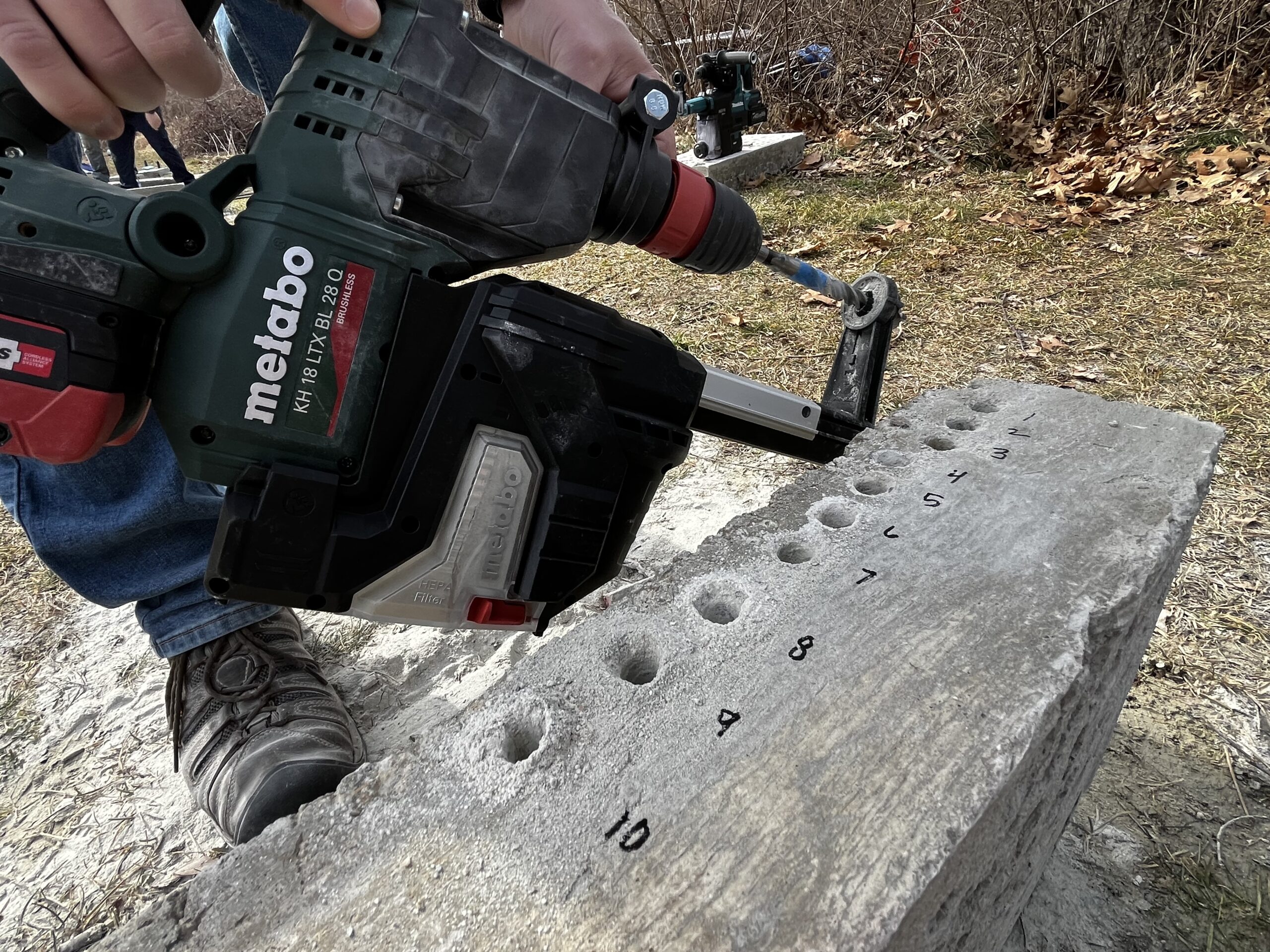 Dust Extractor Procedure
Dust Extractor Procedure
We tested the on-board dust extractors, ranking eight criteria:
- Capacity – We drilled ½” x 3” holes until we saw dust “ant-hills” form around the hole. At that point we consider the capacity of the dust extractor full.
- Visual inspection of capacity.
- Filter cleaning – Self cleaning or manual function
- Filter replacement – ease of removal.
- Depth of hole with attachment.
- Depth guide – ease of adjustment.
- Replaceable head.
- Weight.
On-Board Dust Extractor – Winner Hilti
The Hilti came in first place in the on-board dust extractor category. It was feature rich with its replaceable head, depth guide, and filter cleaning options. Despite clinching the top position, the team collectively noted that the dust canister could be improved by being translucent for better visibility, and the filter could be easier to detach from the canister.

In terms of “capacity” performance, the Hilti canister maintained dust extraction efficiency for 14 holes. Milwaukee drilled 10.5 holes, and Makita 40V managed 15 holes. Surprisingly, the Metabo HPT drilled 21.5 holes, and the DEWALT 20V drilled 22 holes, but didn’t excel in other feature comparisons.
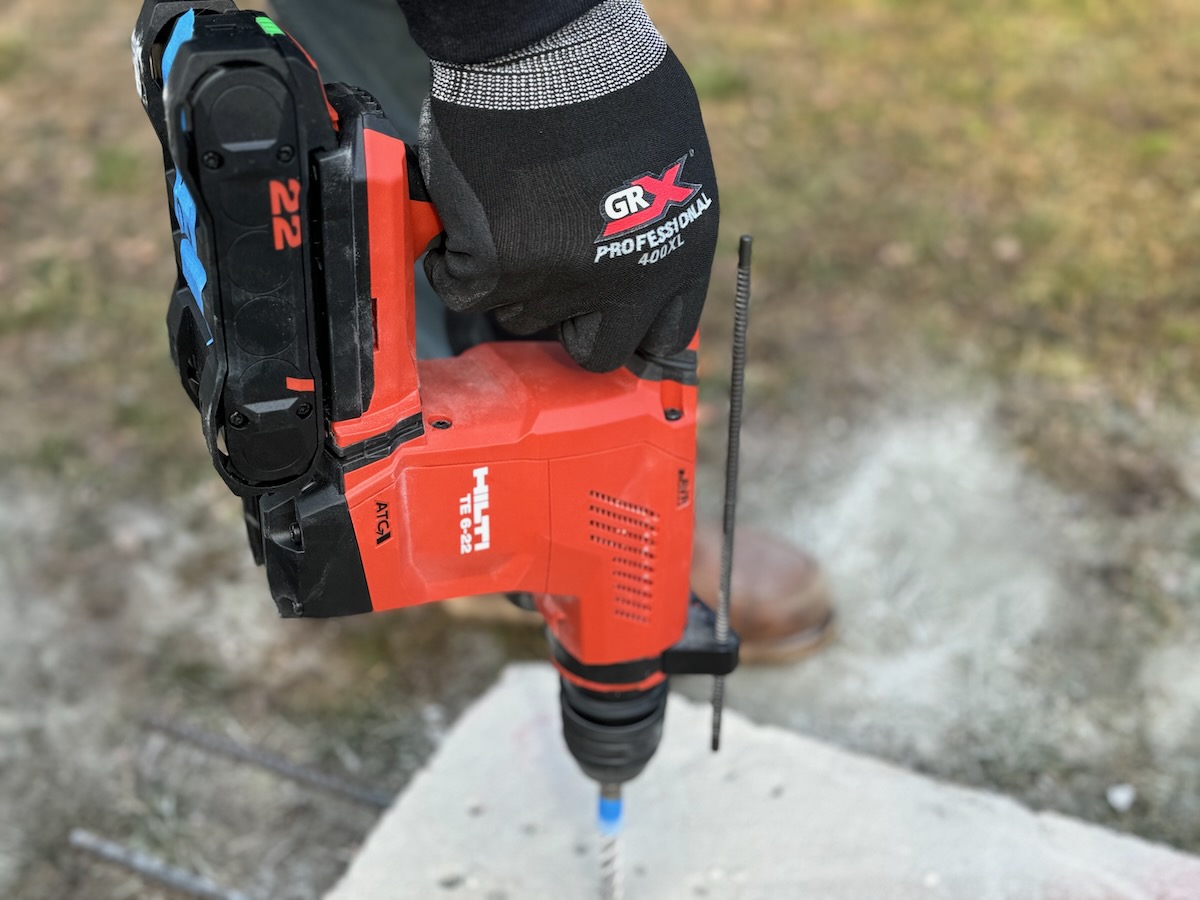 User Experience – [Tie] Winner Hilti and Makita 40V
User Experience – [Tie] Winner Hilti and Makita 40V
User experience (UX) encompasses the overall satisfaction and ease of use that a tool provides to its users. In this category, our team of Pro users provided subjective rankings for the user experience while handling these rotary hammers. This ranking was based on various factors experienced, including grip, balance, vibration, line of sight, ease of use, fatigue factor, and overall comfort.
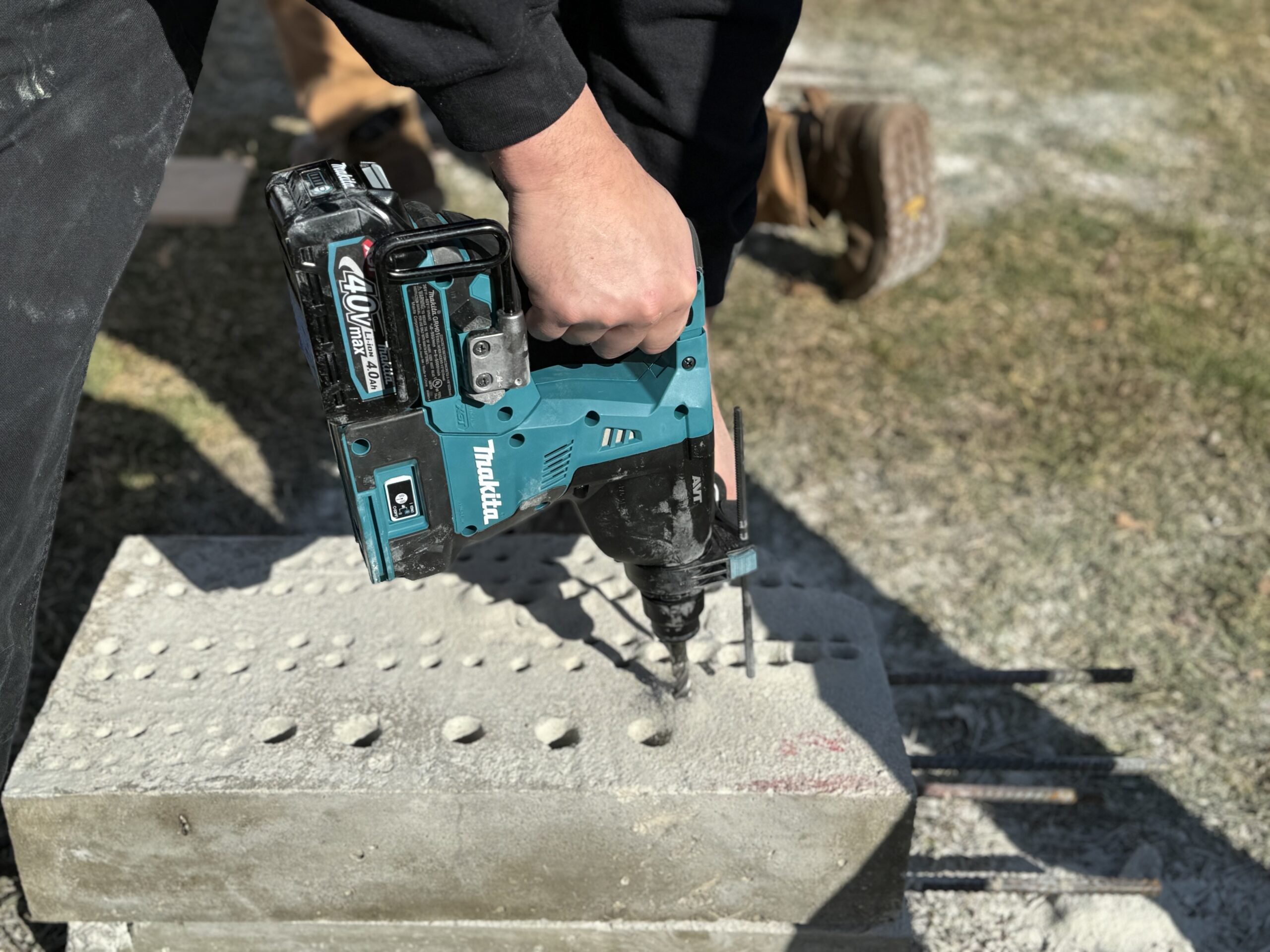
The team identified four drills as top performers during testing. The Hilti and Makita were tied for first place, closely followed by a tie between the DEWALT 20V and Milwaukee 18V. All four of these tools exhibited commendable performance in our testing and were noted for their user experience.
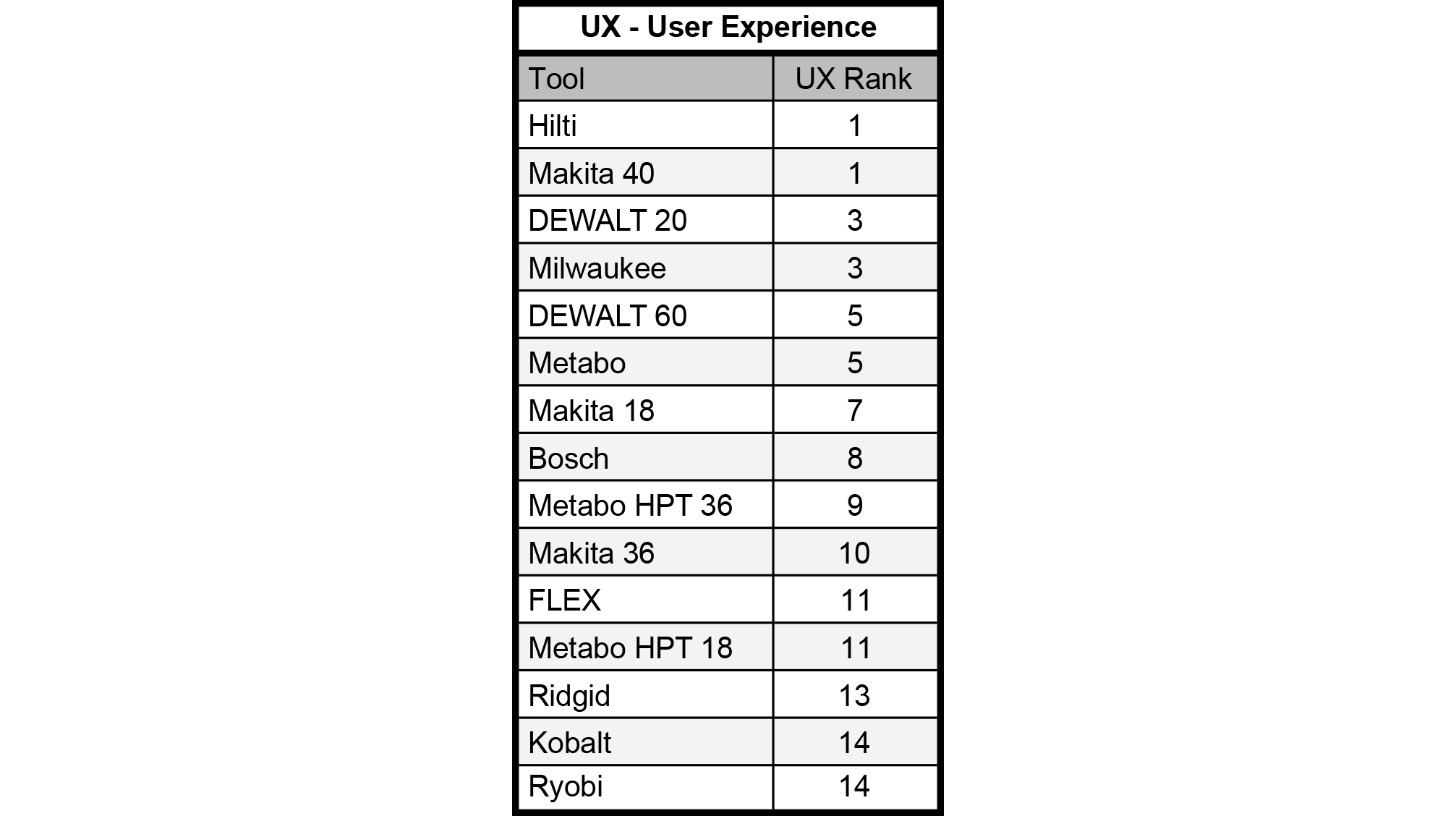
 Rotational Force | Bind Test – Not Ranked
Rotational Force | Bind Test – Not Ranked
When a drill binds, it has the potential to violently spin the tool around potentially injuring the user.
To assess the performance in binding situations, we conducted a subjective test by drilling a 1-inch diameter, 8-inch, deep hole in concrete and side load force.
 3 Types of Safety Shut-Offs in Rotary Hammers
3 Types of Safety Shut-Offs in Rotary Hammers
- Accelerometer – An electronic component integrated into the tool that detects sudden rotation and initiates an automatic shutdown.
- Mechanical – Utilizes a straightforward mechanical clutch mechanism whereby the tool continues to run, but the bit stops spinning when the clutch is engaged.
- Electronic Overload – An electronic overload function is activated either before the mechanical clutch or during specific binding scenarios. This electronic overload serves to safeguard the electronics, motor, and battery, while also acting as a safety feature in certain situations.
Rotational Force Findings
During our testing, all of these tools effectively shut off when the tool was bound up and the user had a firm grip on both the tool and the auxiliary handle.
Standout tools featured all three safety mechanisms, predominantly found in higher-end models such as those from Bosch, Hilti, Makita (40-volt) and Milwaukee. These tools successfully incorporated all three mechanisms that we were able to activate during field testing.
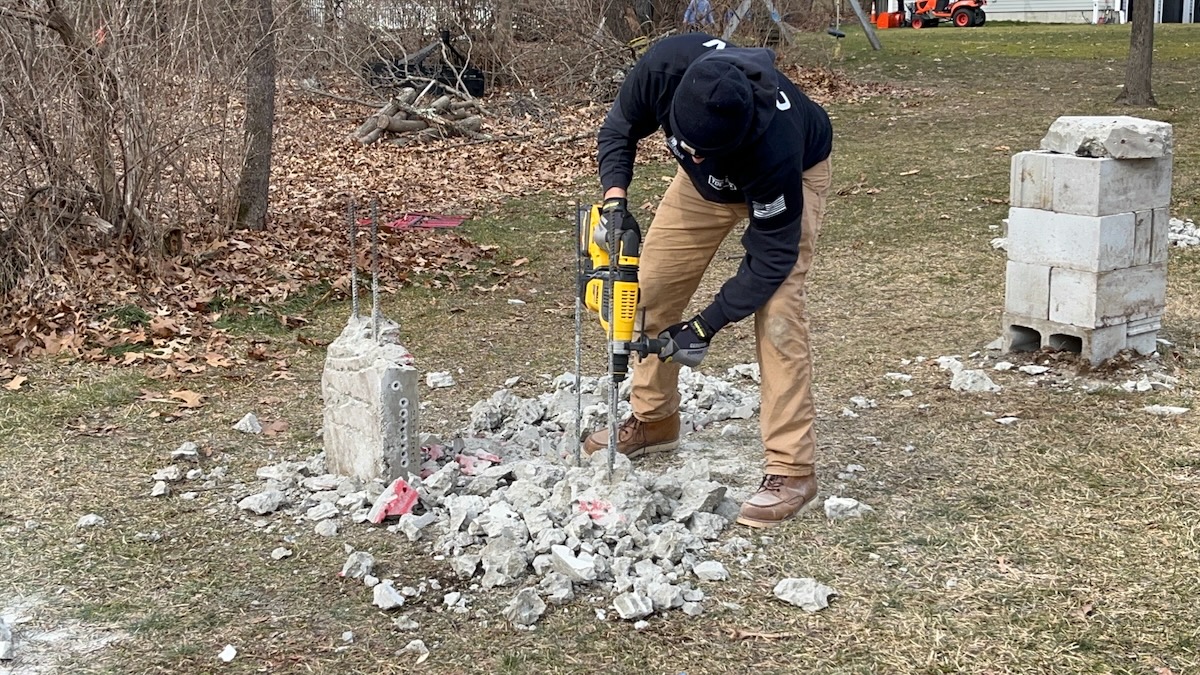 Chipping Test – Winner DEWALT 60V
Chipping Test – Winner DEWALT 60V
Our chipping testing methodology was primarily subjective in nature. We employed our drill testing blocks to conduct the chipping tests.
TBB Crew users utilized the rotary hammers to break up the test blocks, after which they provided feedback via a form detailing their chipping experience.
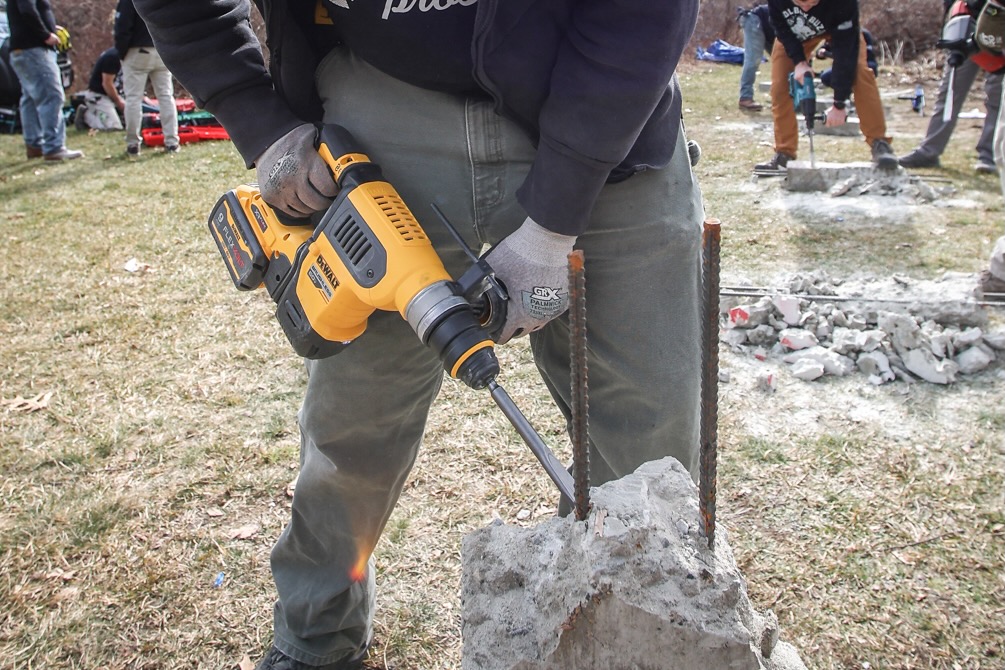
The consensus from our testing suggests that there’s a “secret sauce” combination of impact energy and beats per minute (BPM) that yields optimal chipping power. This mix of factors seems to be instrumental in achieving productive chipping results.
The DEWALT 60V was the largest and heaviest tool in the group and with 4.5 FT-LBS of energy, it’s no surprise that it excelled at chipping, taking first place
The DEWALT Flexvolt was a “jack hammer disguised as a drill ~ TBB Crew Wes Bartosik
The Makita 40V came in second. It has tons of power and minimal vibrations felt, due to its well throughout decoupling. The Milwaukee 18V came in third place. It delivers an incredible amount of energy on impact and was very controllable while cutting scribe lines.
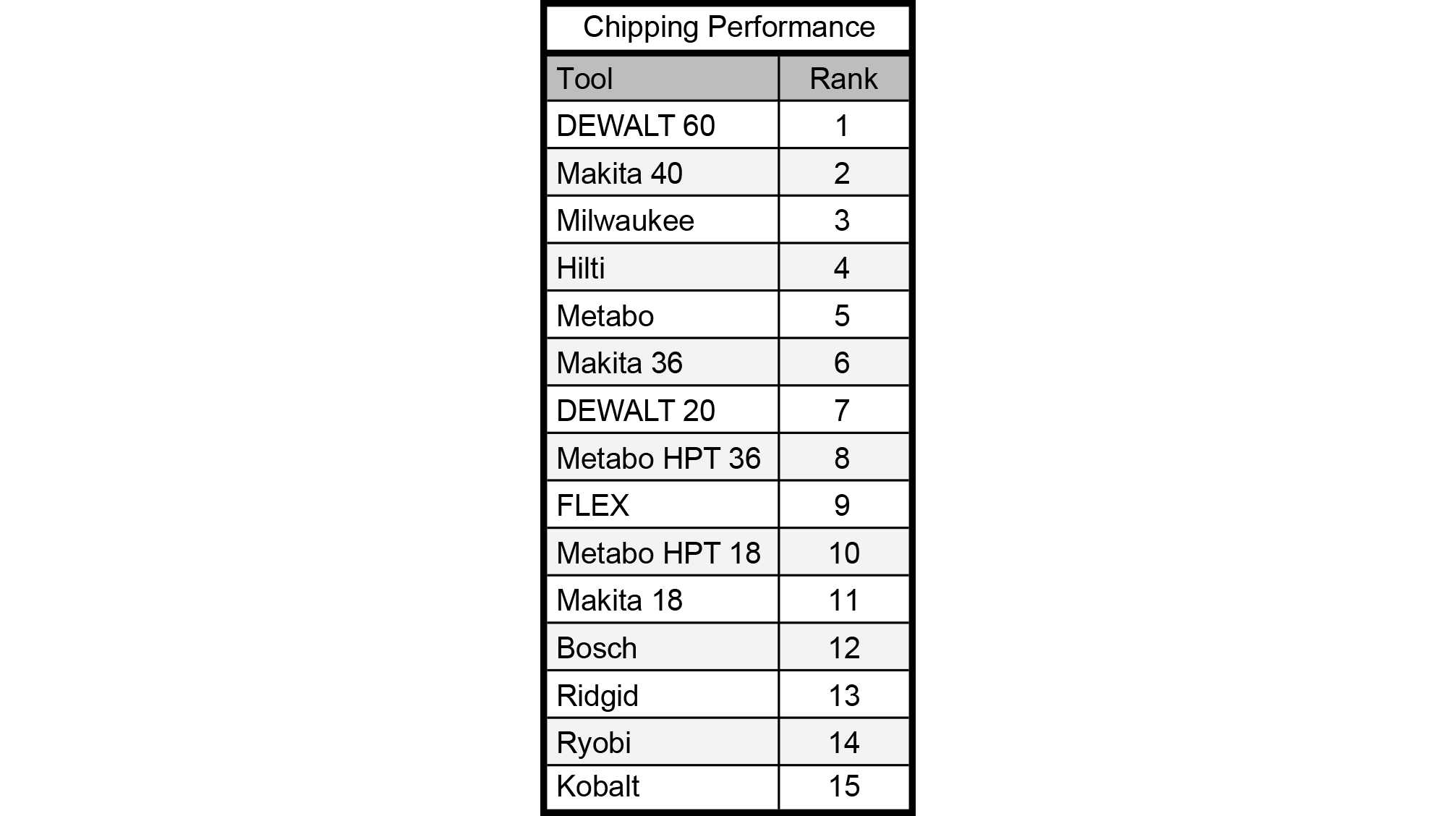
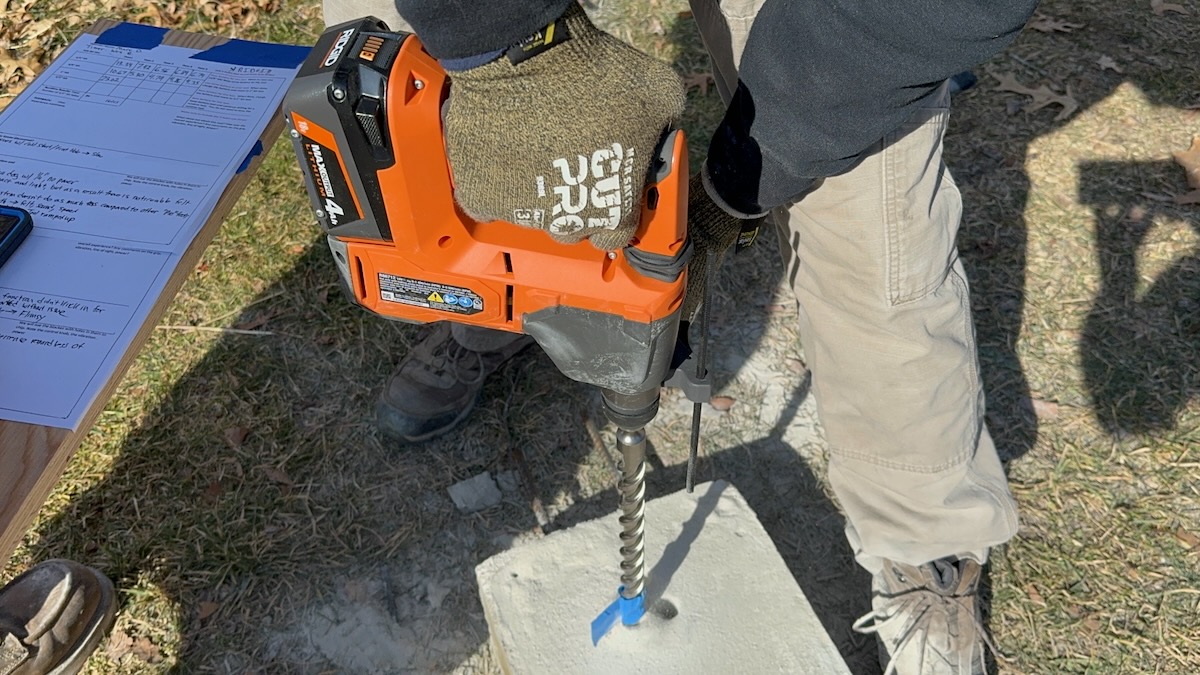 SDS-Plus Rotary Hammer | Price – Not Included In Final Scoring
SDS-Plus Rotary Hammer | Price – Not Included In Final Scoring
Most manufacturers offer these rotary hammers in kit form, bundling the tool with a battery optimized for performance while maintaining a manageable weight. Achieving the best user experience hinges on finding the right balance between weight, balance, and power to accomplish tasks efficiently.
For your reference, we have listed bare tool pricing below, although this wasn’t factored into our final scoring. As an illustration of the cost range, the Kobalt is available as a bare tool for $99.00, while the Makita 40-volt model is priced at $589.00. Please refer to the attached chart for further details.
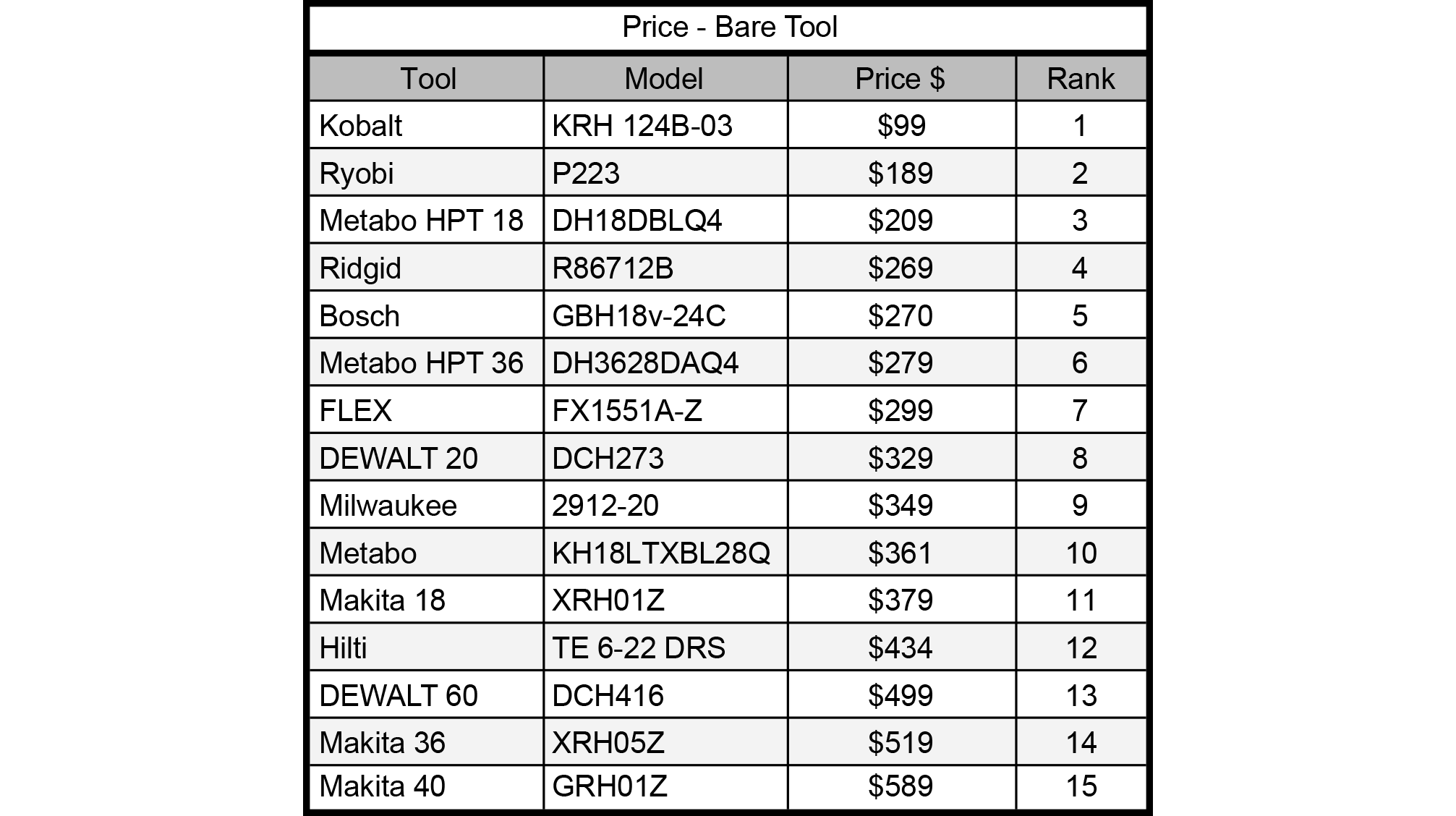
Best Cordless 1-Inch SDS-Plus Rotary Hammer – Winner Milwaukee 18V
While impact energy undoubtedly influences a tool’s performance, it’s crucial to recognize that it’s not the sole determinant of effectiveness. Other factors, such as RPM and BPM, also play significant roles in achieving the desired outcome for the user. Harmonizing impact energy, RPM, and BPM is essential to optimize the tool’s overall efficiency and effectiveness.
Decisions should be based on considerations related to ergonomics, safety, and mechanical performance. Balancing these aspects ensures that the tool not only performs well but also prioritizes the safety and user experience of the user.
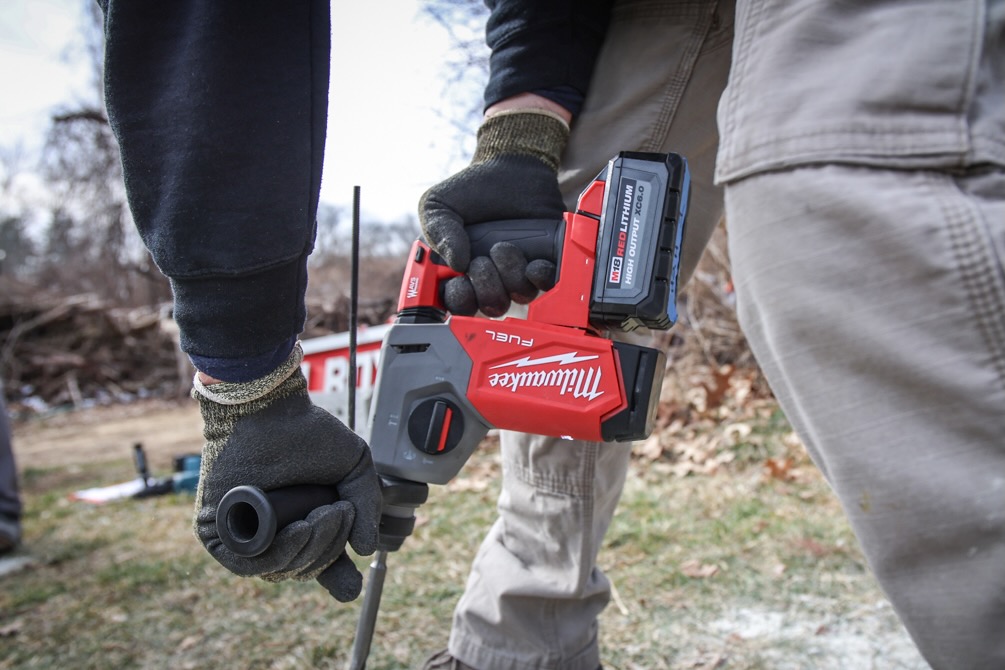
It’s noteworthy that when ranking our categories, we assigned double weight to performance scores, considering it the most valuable category.
Milwaukee claimed the top spot in performance, secured second place in dust extraction, and ranked third in both user experience (UX) and chipping. Its overall performance stood out as the clear winner.
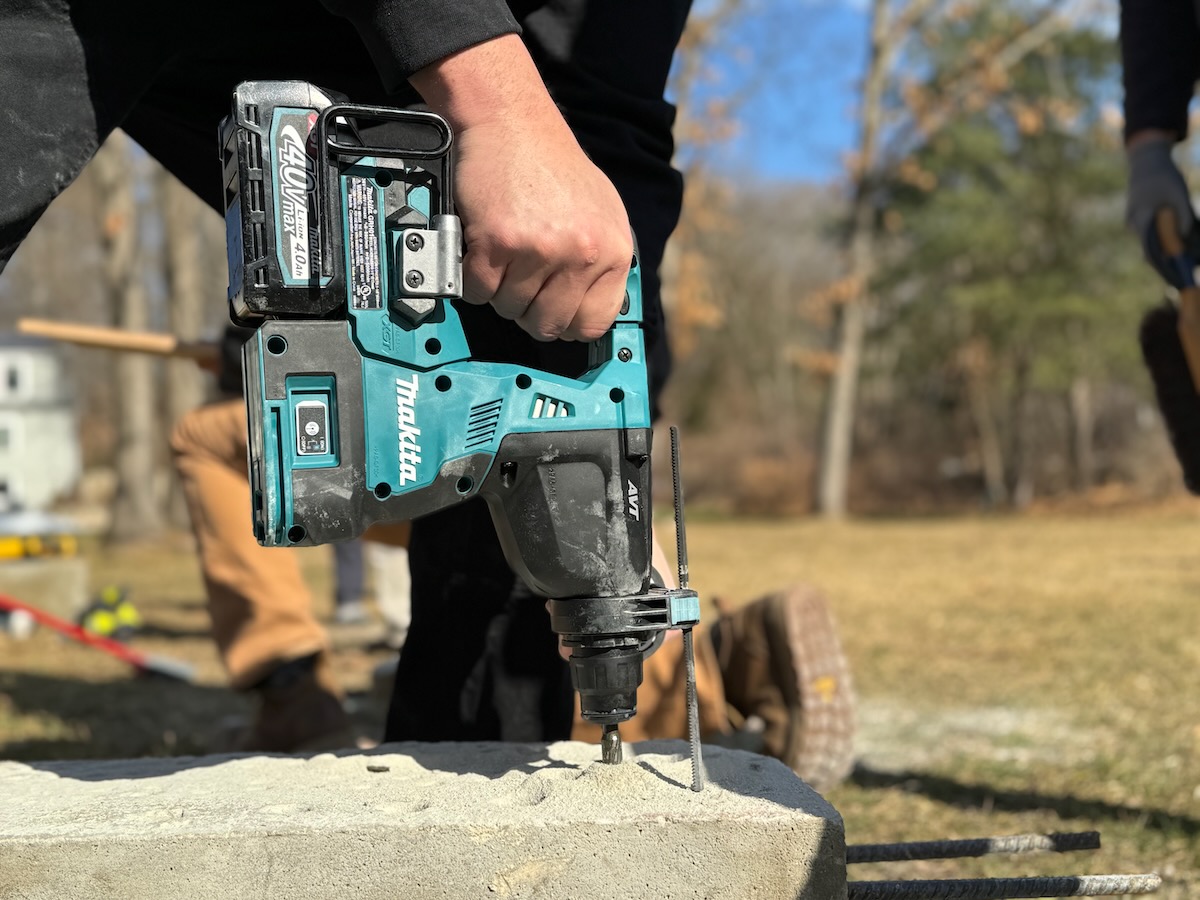
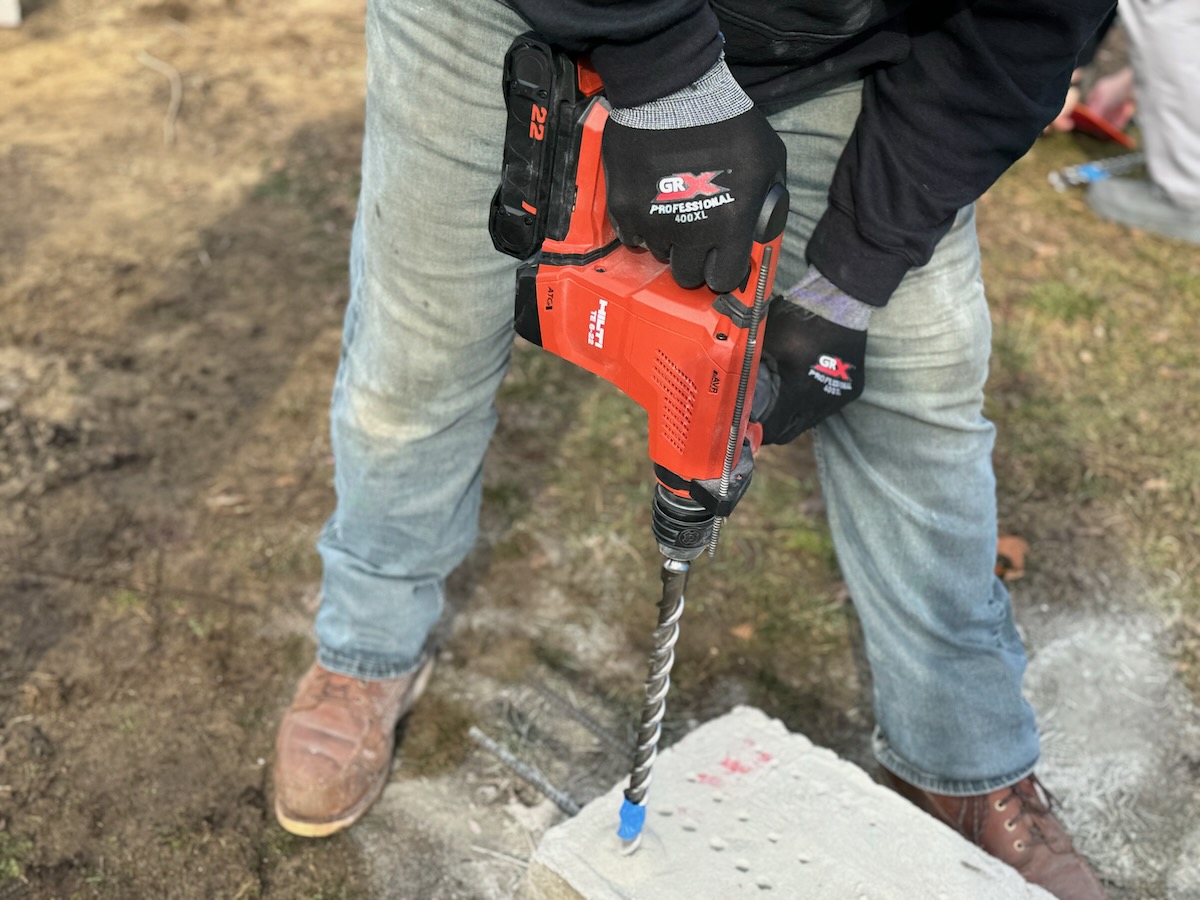
Second Place honors go to the Makita 40V. This Makita excelled in UX, chipping and dust extraction. The Makita 40V was a favorite among the crew, tying with Hilti for the top spot in UX.
Hilti rounded out the podium in 3rd place. The Hili was also heavily sought after by the crew and ranking first in the UX category, boasting the best dust extraction, and coming in eighth in performance testing and fourth in chipping.
Tied for fourth place was Metabo and DEWALT 60V. Metabo stood out with it’s second place in efficiency and scored well in both user experience and chipping. The DEWALT 60V was impressive in the chipping tests and performance.
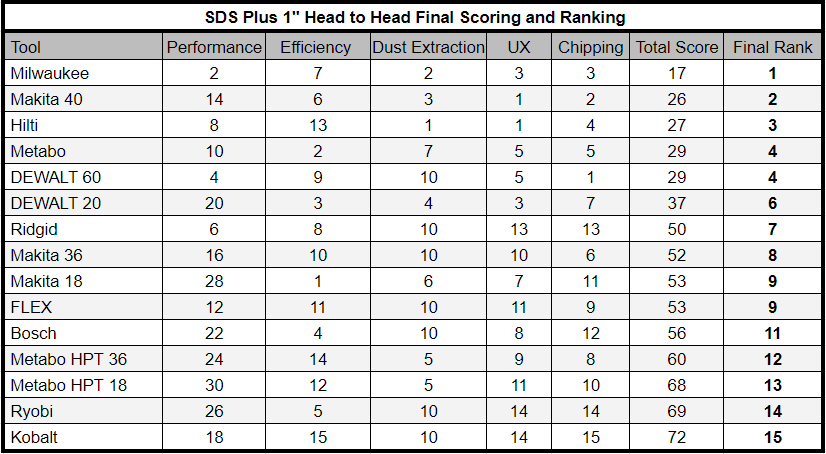
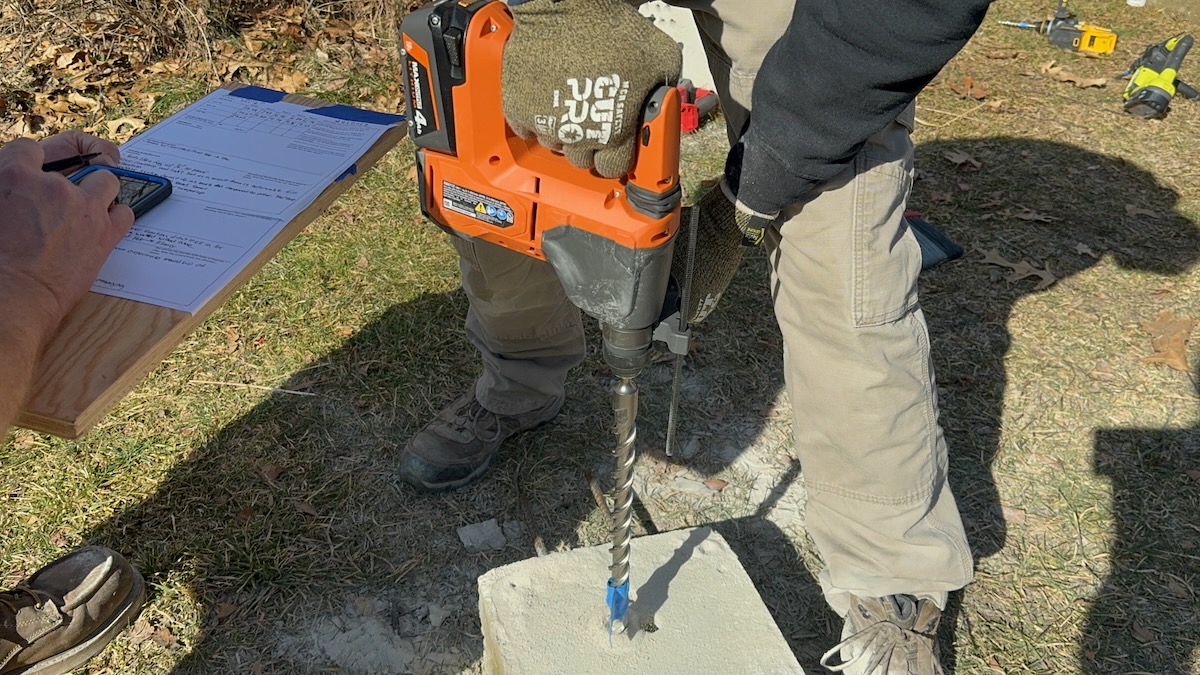 Best Value 1″ SDS-Plus Rotary Hammer – Winner Ridgid
Best Value 1″ SDS-Plus Rotary Hammer – Winner Ridgid
This category winner often strikes a chord with users as it showcases an SDS-Plus drill that performs admirably while being more budget-friendly. In many respects, it’s a category of significant importance, sometimes overshadowing the top-ranked contender, crowned king of our 1″ SDS-Plus Rotary Hammer Head-to-Head Test.
The Ridgid 18V, priced at $269 as a bare tool, claimed victory in this category. Despite landing in seventh place overall, it delivered commendable performance, securing a solid fifth place rank in our performance testing. We often refer to Ridgid as the “hidden gem” of the tool industry.
Best 1″ SDS-Plus Rotary Hammer | Closing Comments
1″ SDS-Plus rotary hammers are essential tools for contractors seeking efficient, versatile, and reliable solutions for drilling and hammering tasks in concrete and masonry materials.
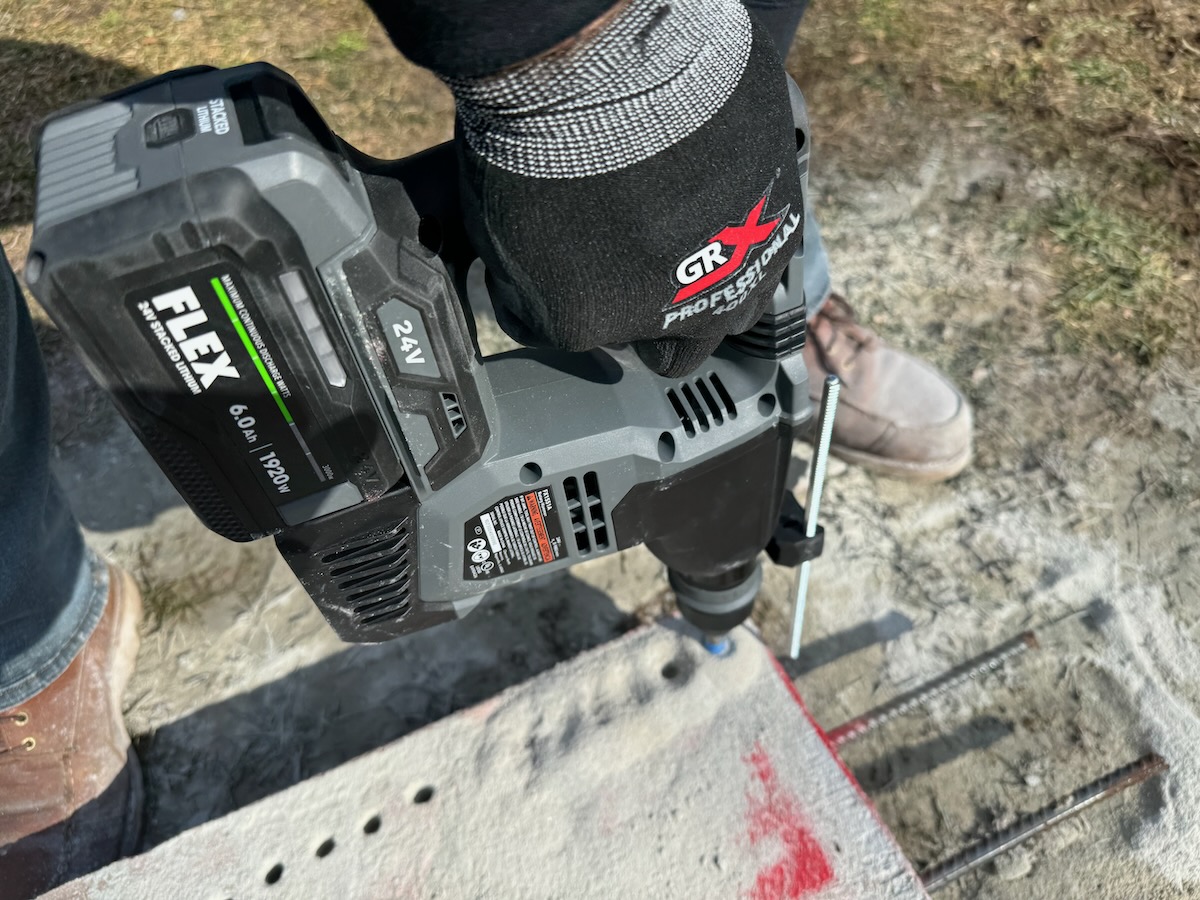 We often receive inquiries about our final rankings and understand that there are numerous ways to compare tools.
We often receive inquiries about our final rankings and understand that there are numerous ways to compare tools.
Our primary goal during testing is to attain repeatable and consistent results. We make sure to share all the data from our tests so that users can re-rank the tools according to their preferences. If there’s a specific aspect you don’t find relevant, feel free to remove it from the matrix above and re-evaluate the rankings accordingly.
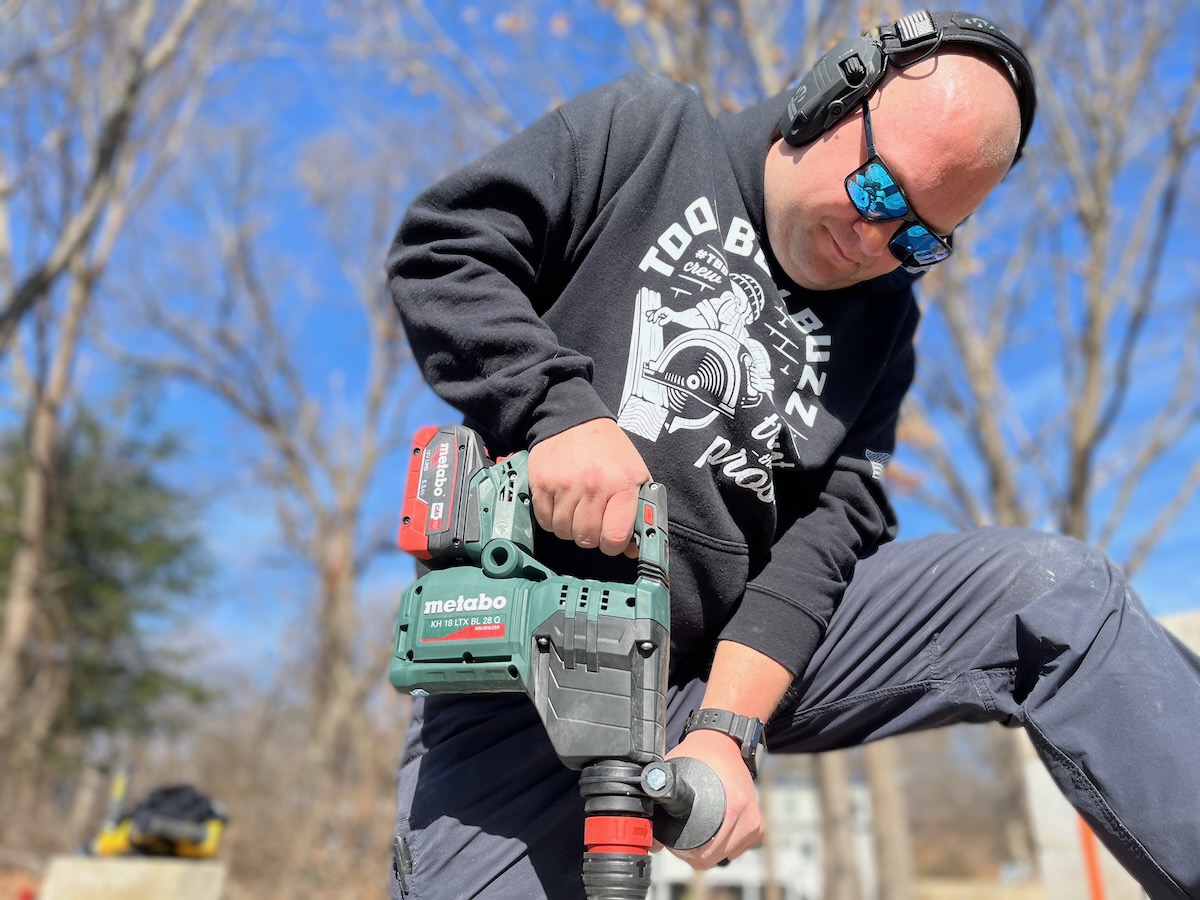
We hope you find this Head-To-Head comparison useful when considering the purchase of a 1″ cordless SDS-Plus rotary hammer. Please take a moment to explore our other Head-to-Head tests at ToolBoxBuzz.com.
Thanks, “the TBBCrew.”
Best 1-inch SDS-PLUS Rotary Hammer Video Review
Buy Now From Our Sponsored Retailers
About the author
3 Comments
Leave a comment
Disclosure
Product reviews on this site contain our opinion of a product or service. We will always strive for objectivity and transparency in our reviews. Our goal is to provide readers with honest, objective information based on our own experiences. We never have and never will accept payment in exchange for a positive review. Many of the products that we review are provided to us for free by a manufacturer or retailer. In some cases, we also have advertising or affiliate relationships with manufacturers and retailers of products and services we review. For additional information please visit our additional disclosure policies.











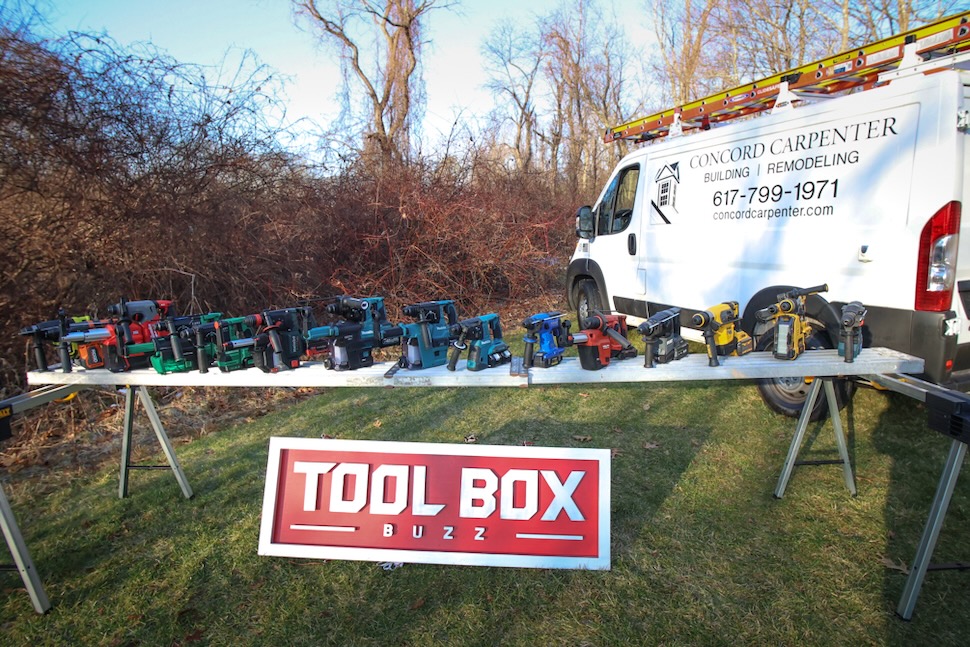

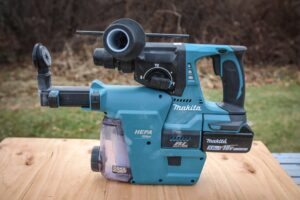
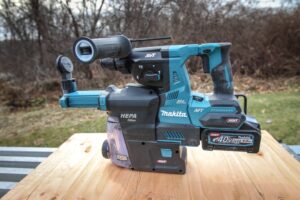
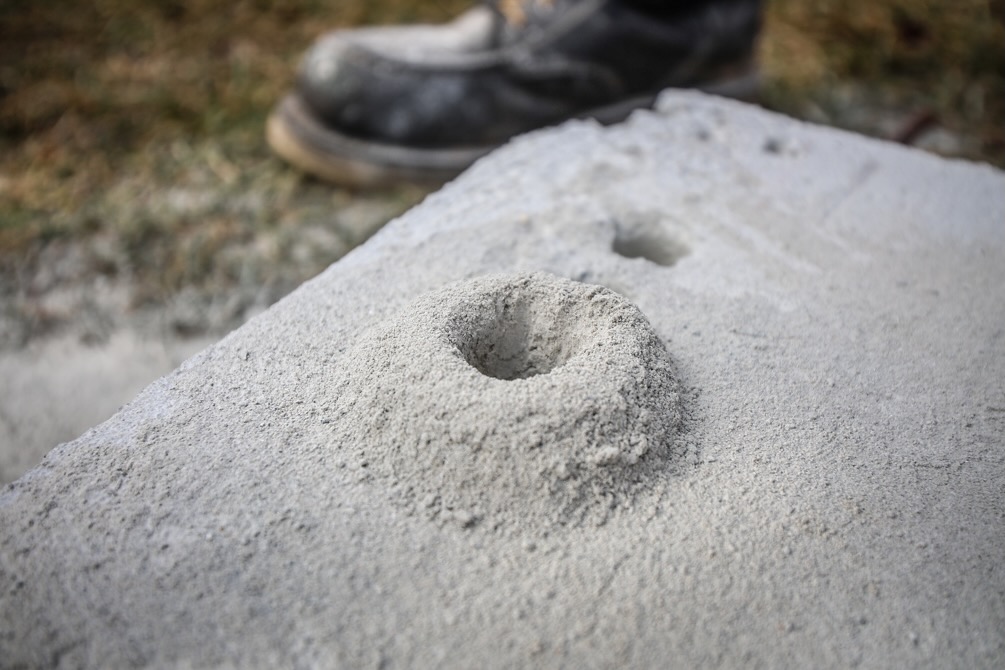
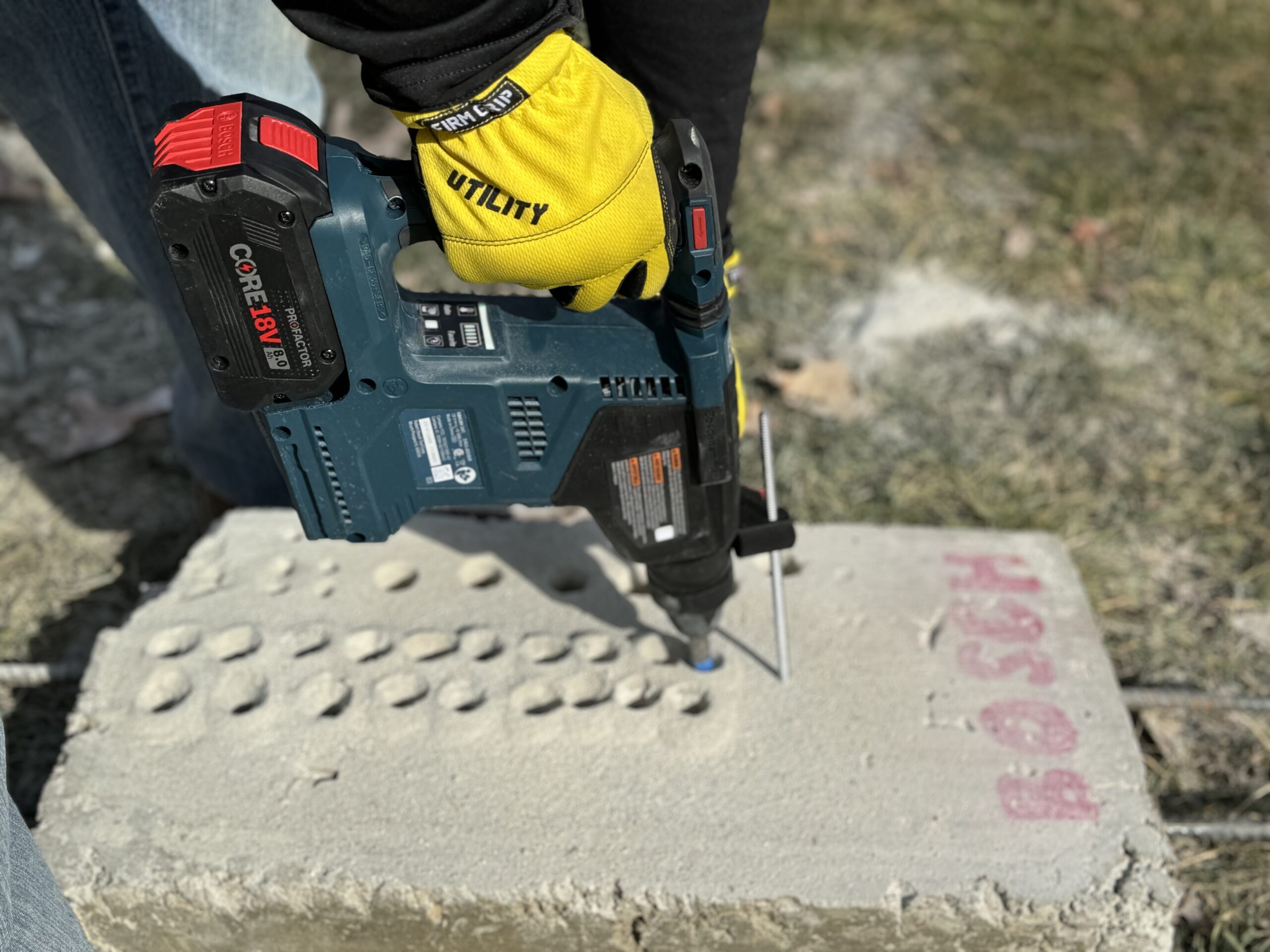
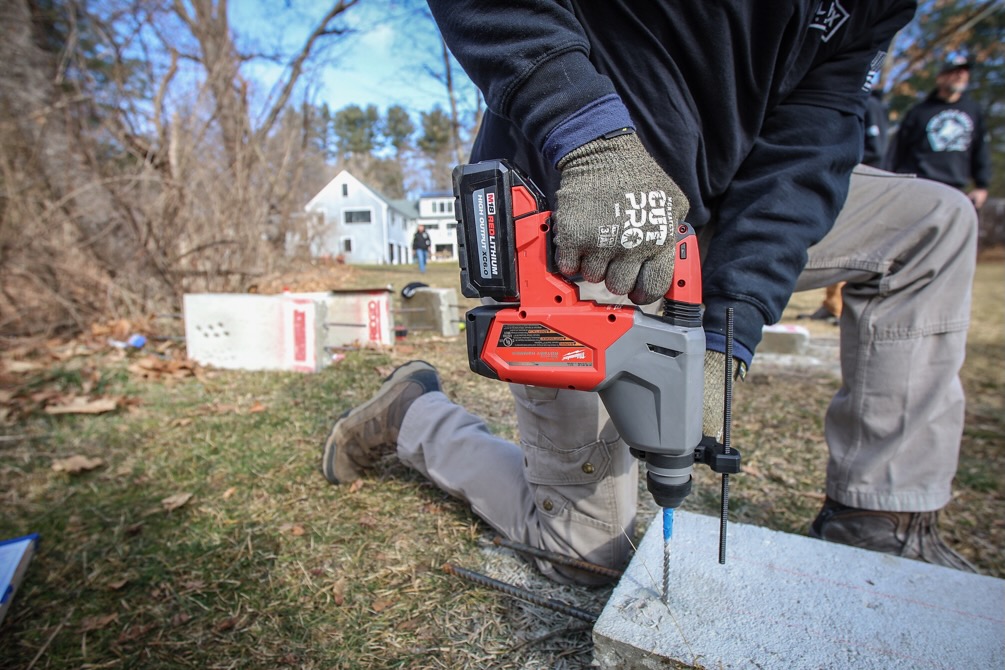

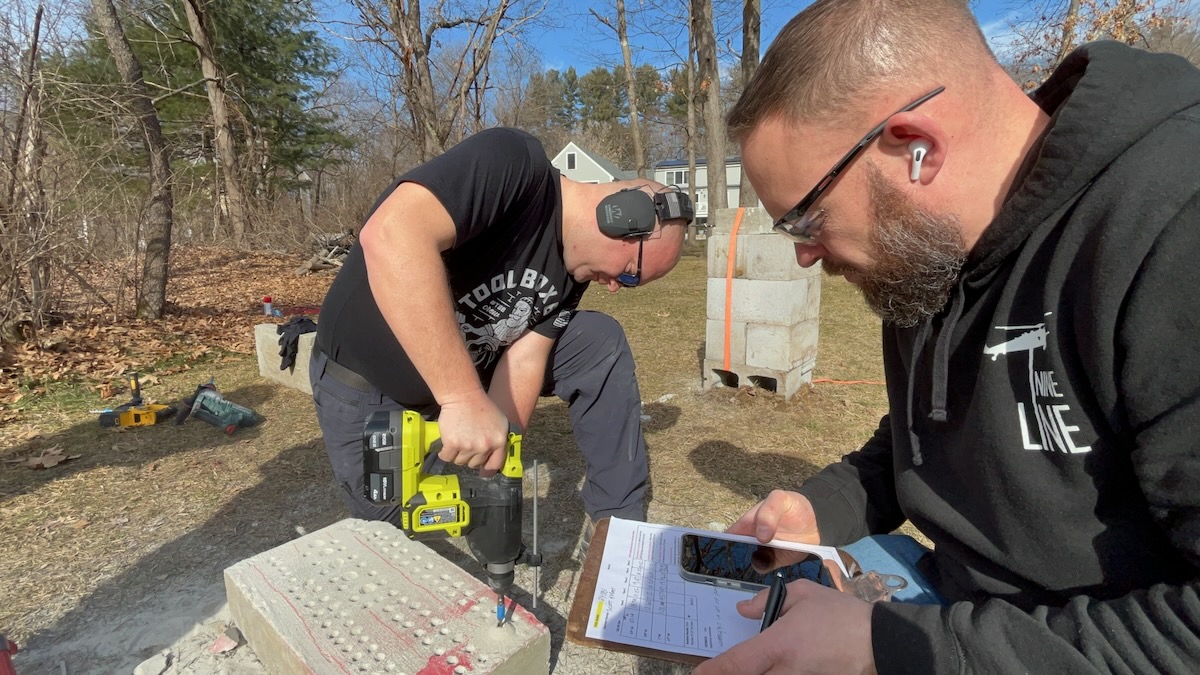
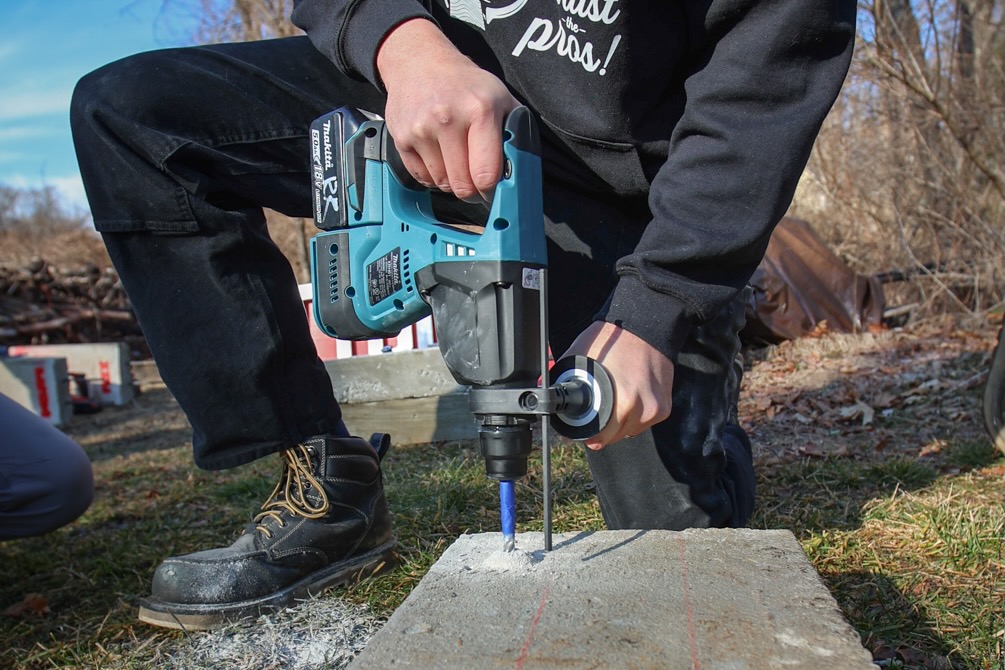
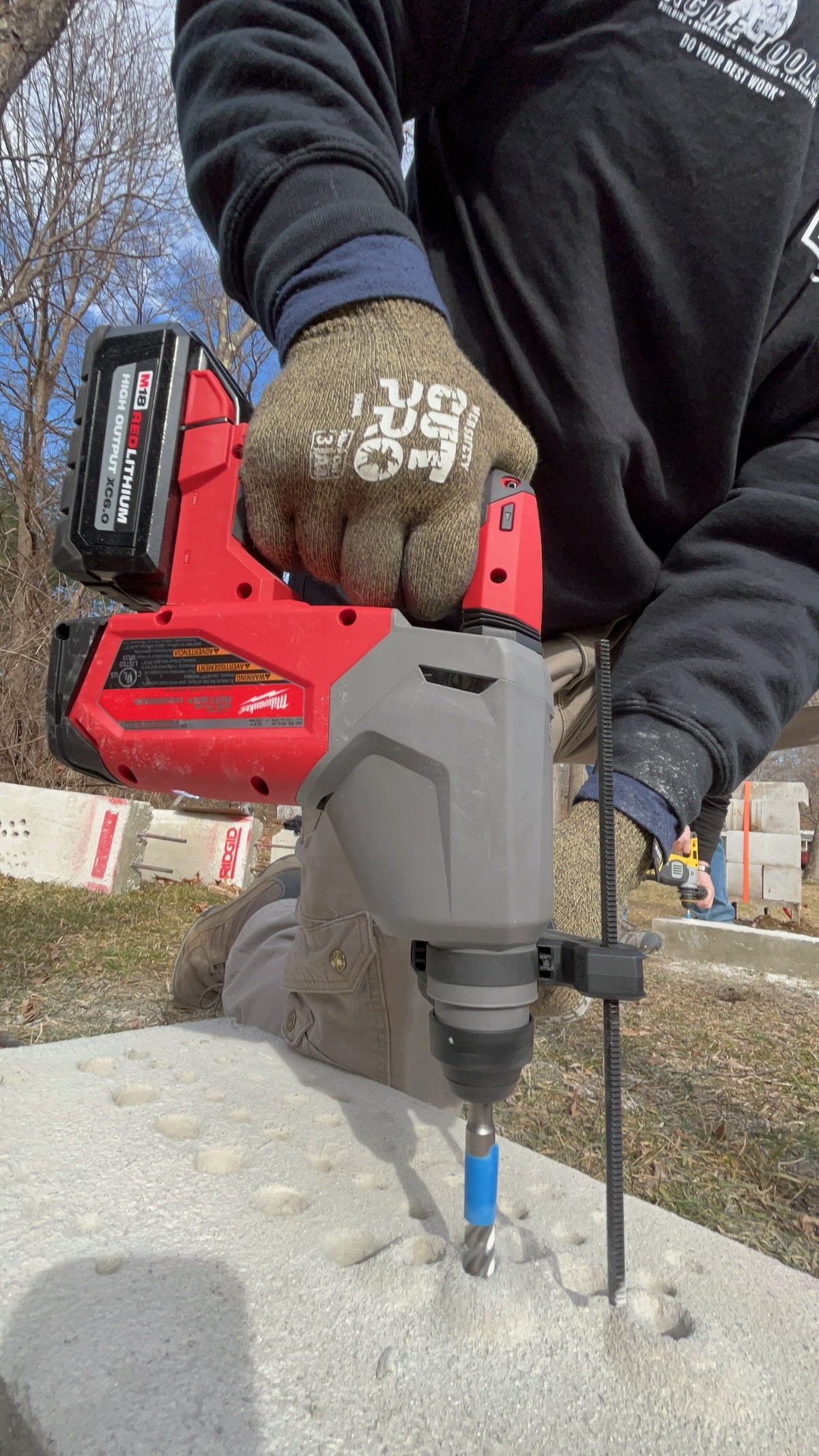
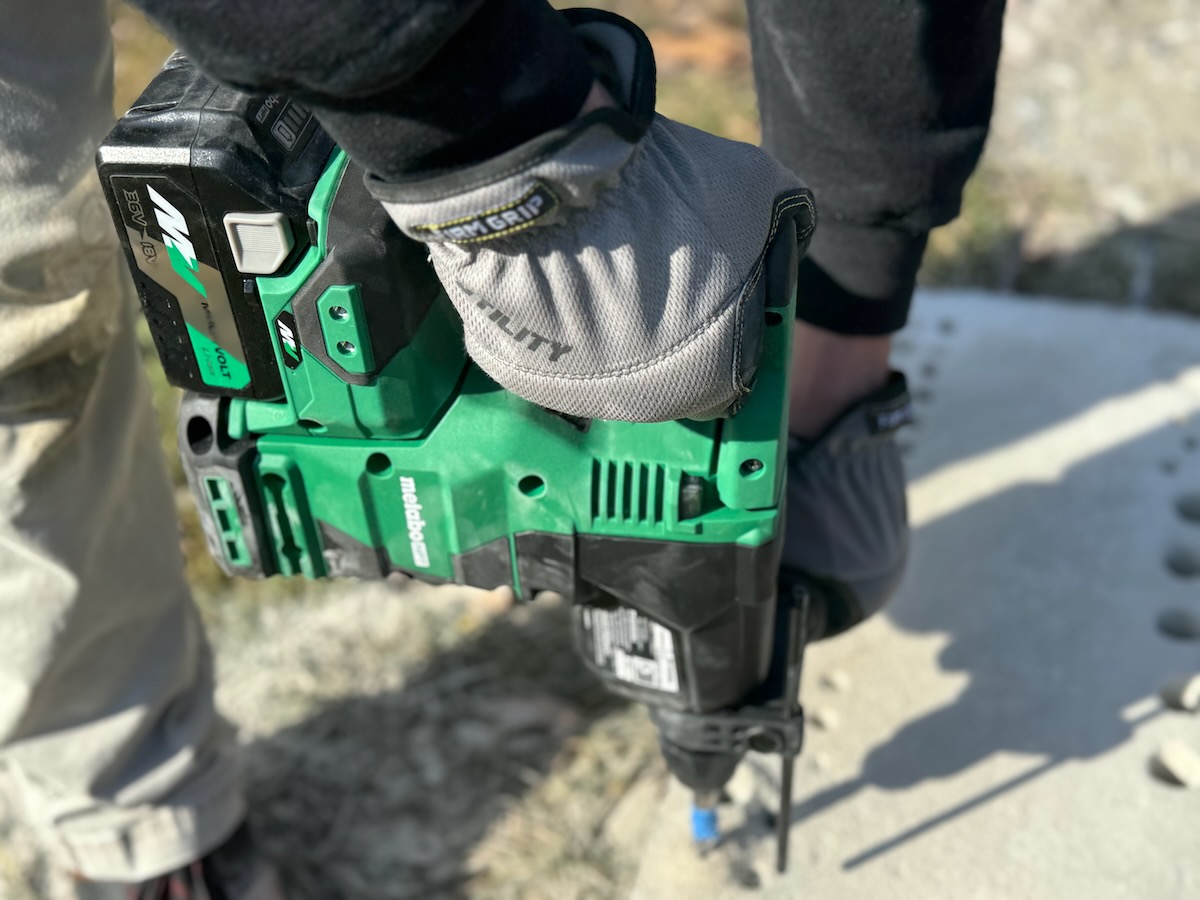
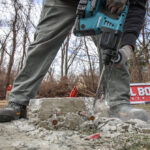
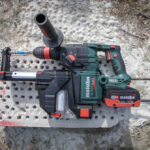
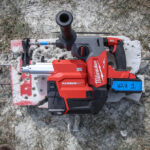


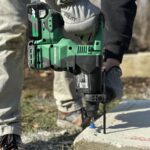
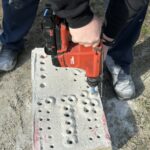

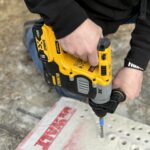

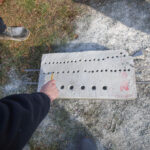

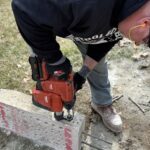

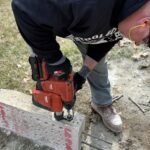


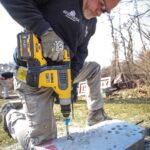
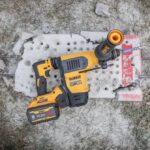
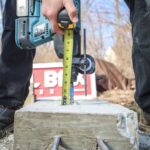



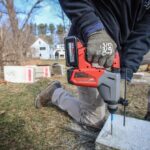


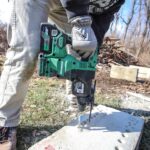


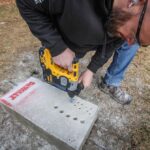





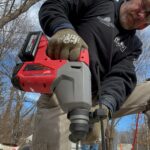
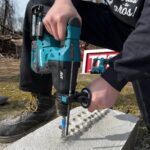







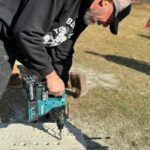

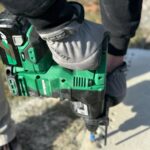

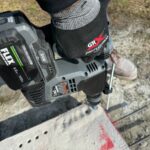
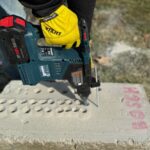
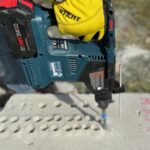




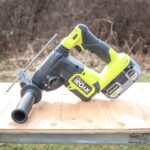
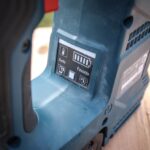
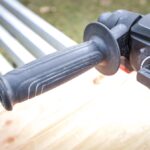
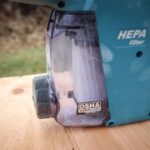
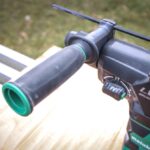
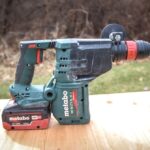
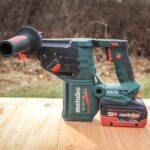
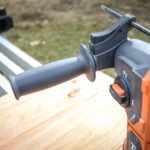
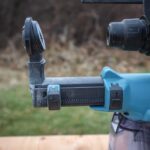

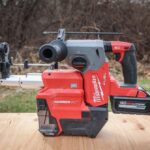
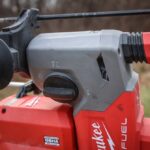
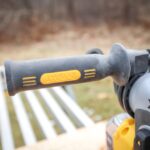
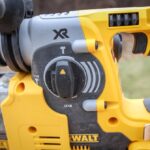
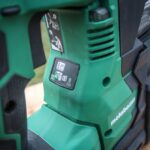



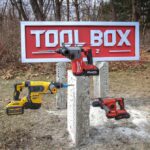
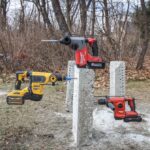





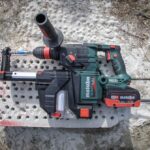



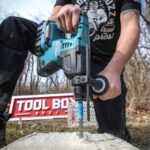



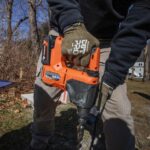
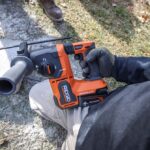
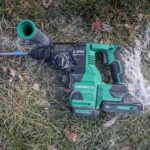


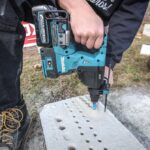




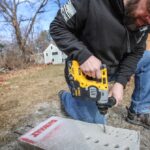
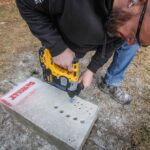




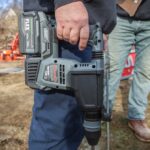
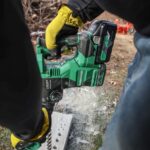


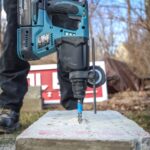

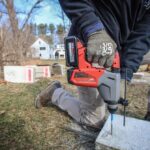
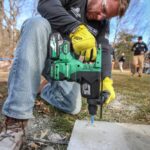



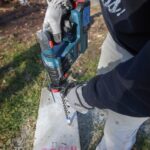




















Hi, I was wondering if the metabohpt 36V actually needed exactly the same time (44.04 s) for the 1/2″ and the 1″ hole? Seems a bit strange to me.
Marc – We are looking into this. Great catch…we need to check our field data notes. Thank you!
Thanks a lot and also thank for the great report!
BR
Marc